Heritage Walk No.1 for kids
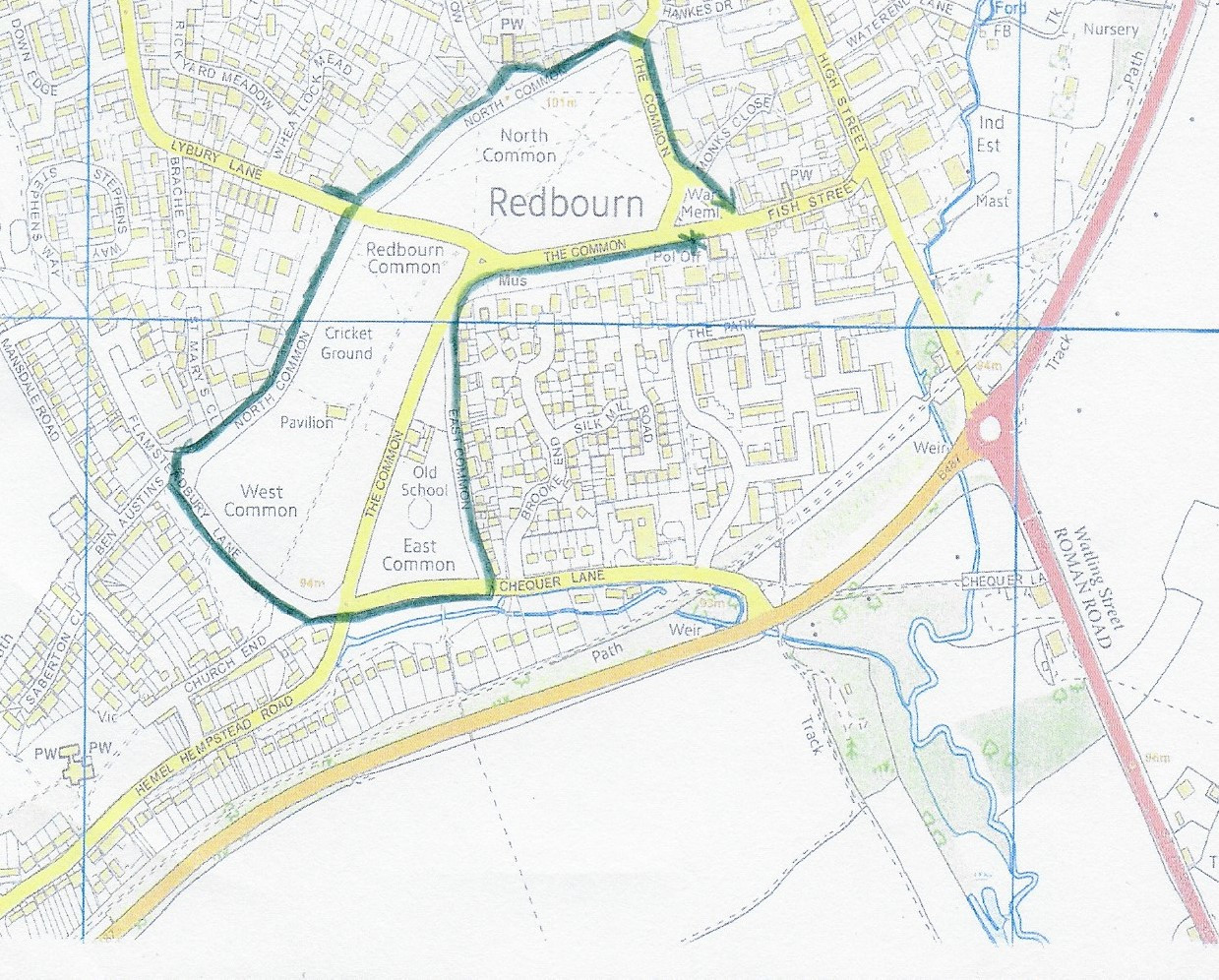
Start at the Parish Centre (marked above as a star *)
Parish Centre
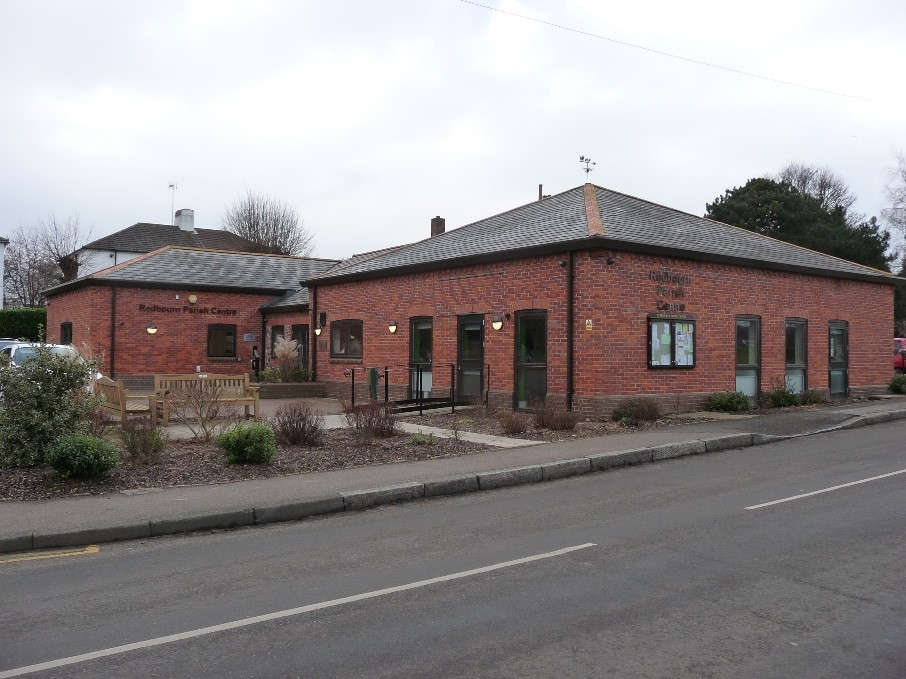
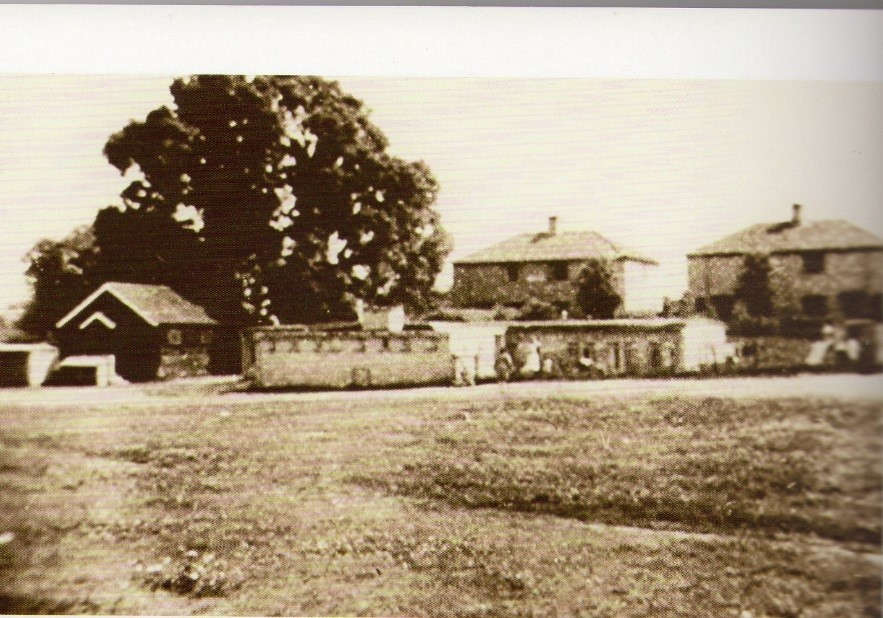
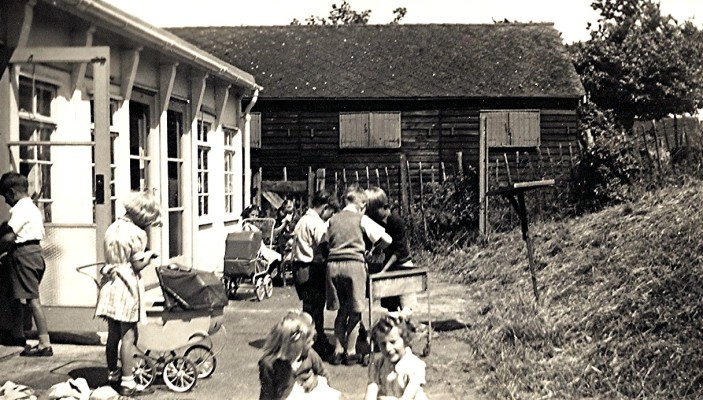
1. What do you think the buildings in the old photos were being used for?
2. Can you see the the wooden shed-like building in both the old photos? It is the old Scout/Guide hut. Where do they meet now?
Turn around, cross the road carefully and look at the War Memorial.
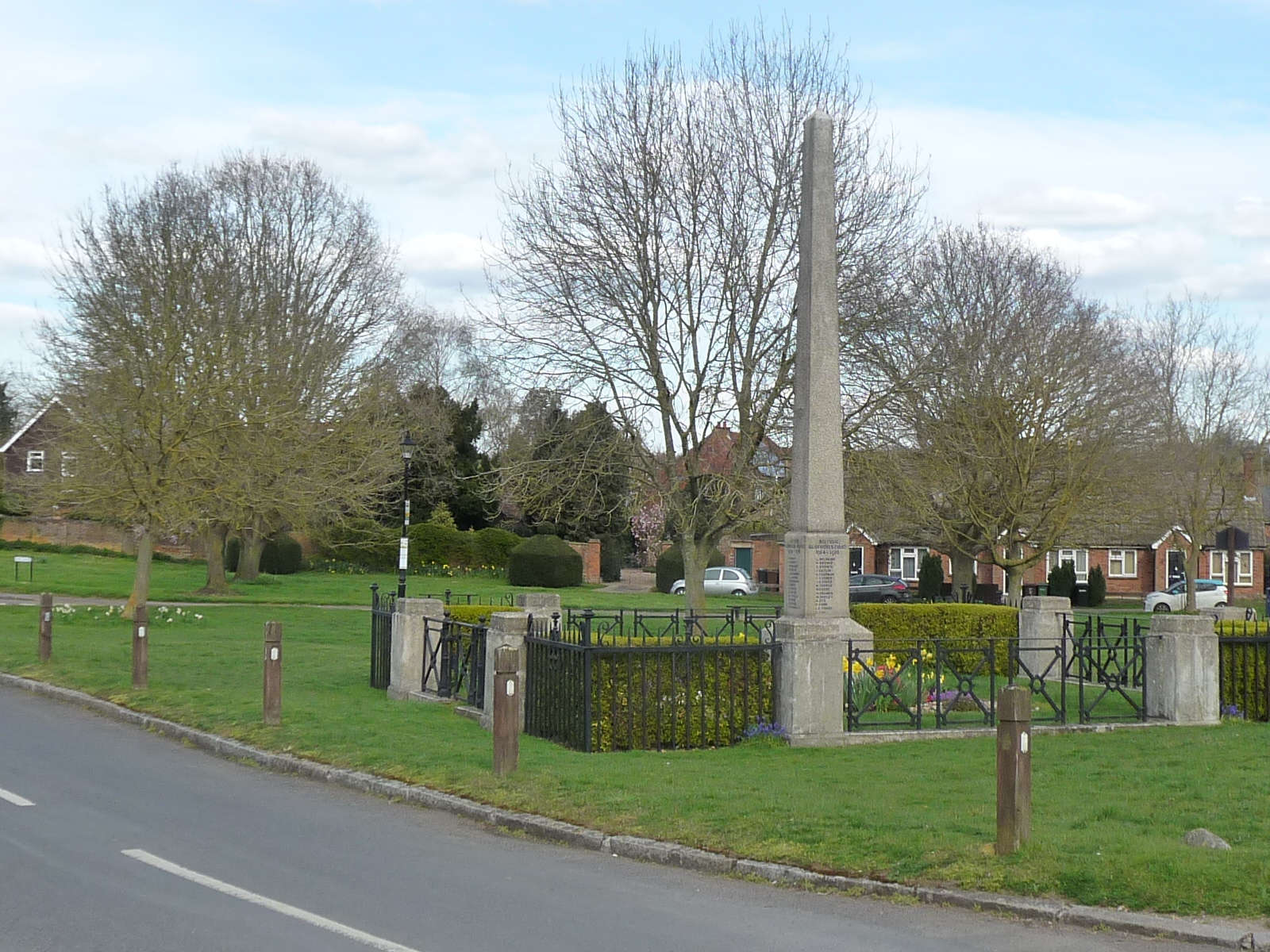
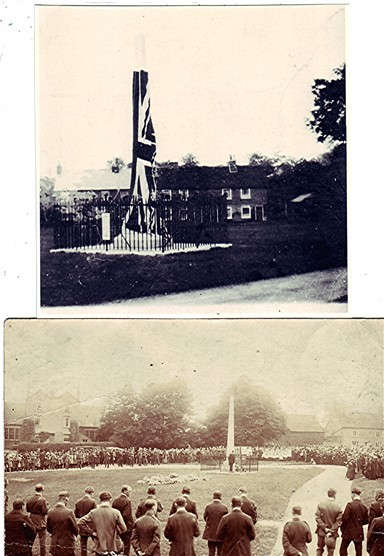
1. Stand in the place where picture 3 was taken from. What buildings can you see now and are they in the old picture?
2. Count the number of names on the memorial from World War I and then World War II. Do you recognise any of the names?
Walk past the Parish Centre and you will see the Old Boys' School.
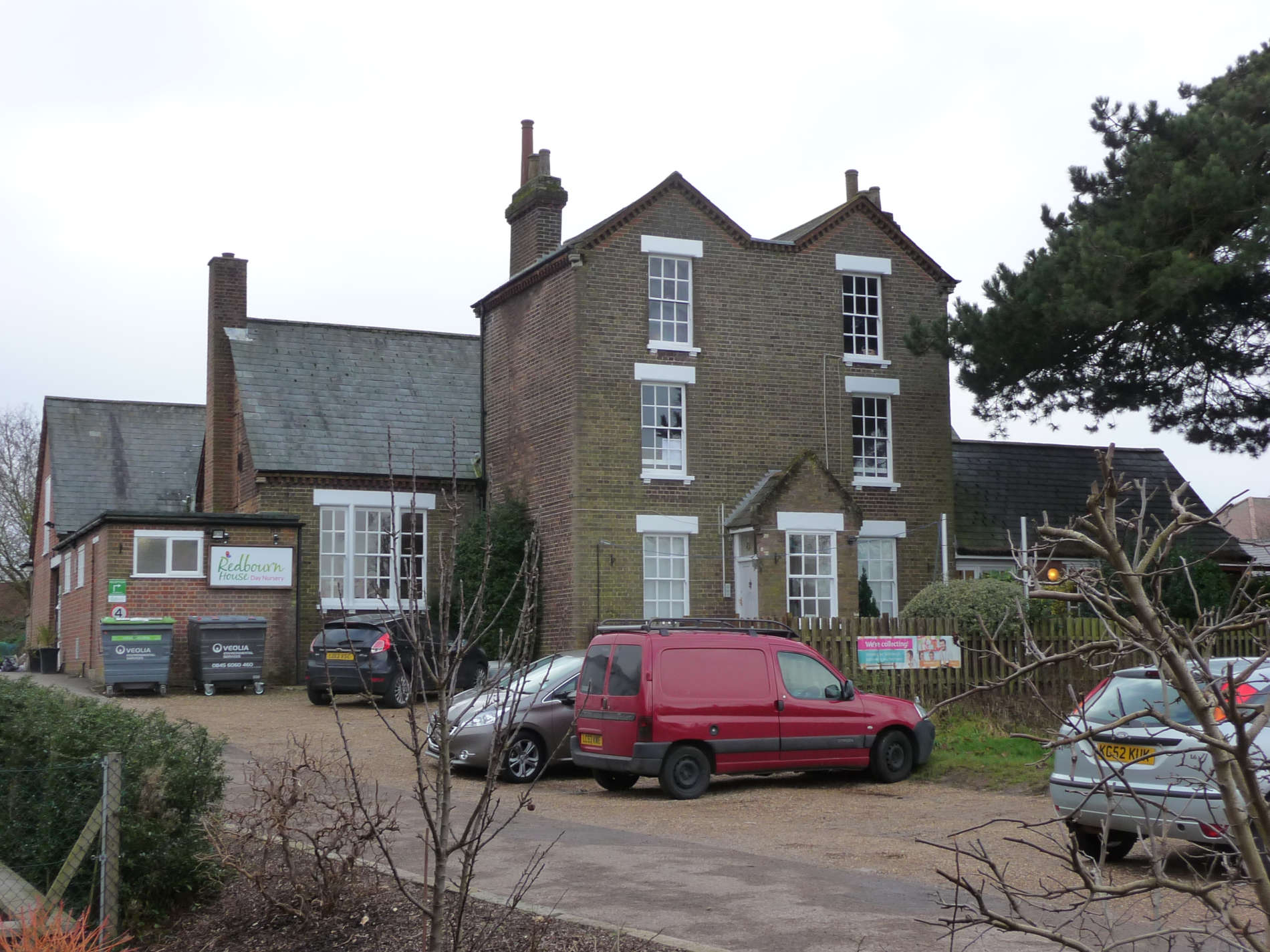
- This school was opened abour 130 years ago, just for boys! In the early days, boys went to school for 3 hours and then worked in the Silk Mill for 3 hours. What do you think of that?
Walk a little further along the path and you will see The Dairy Farm.
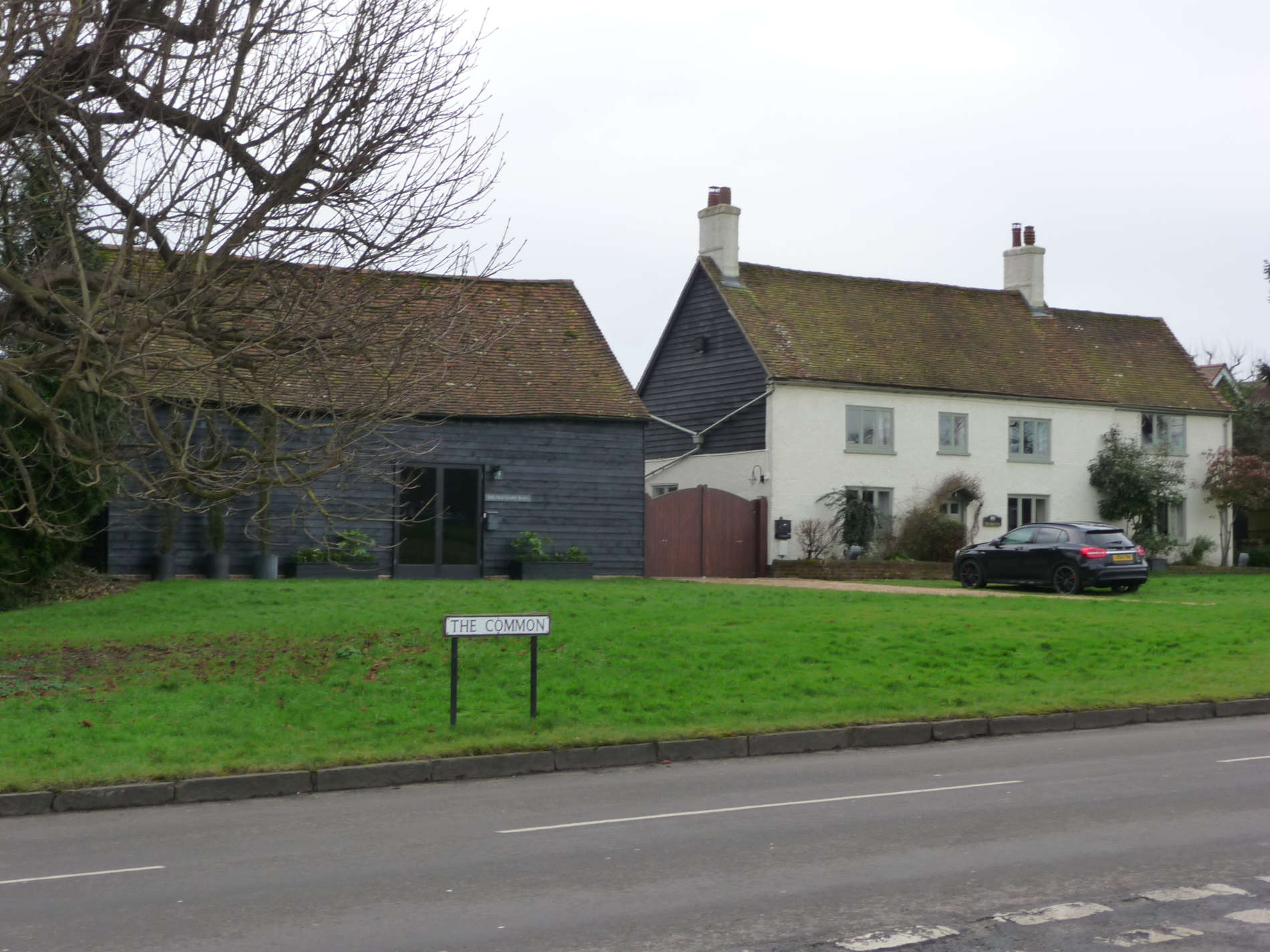
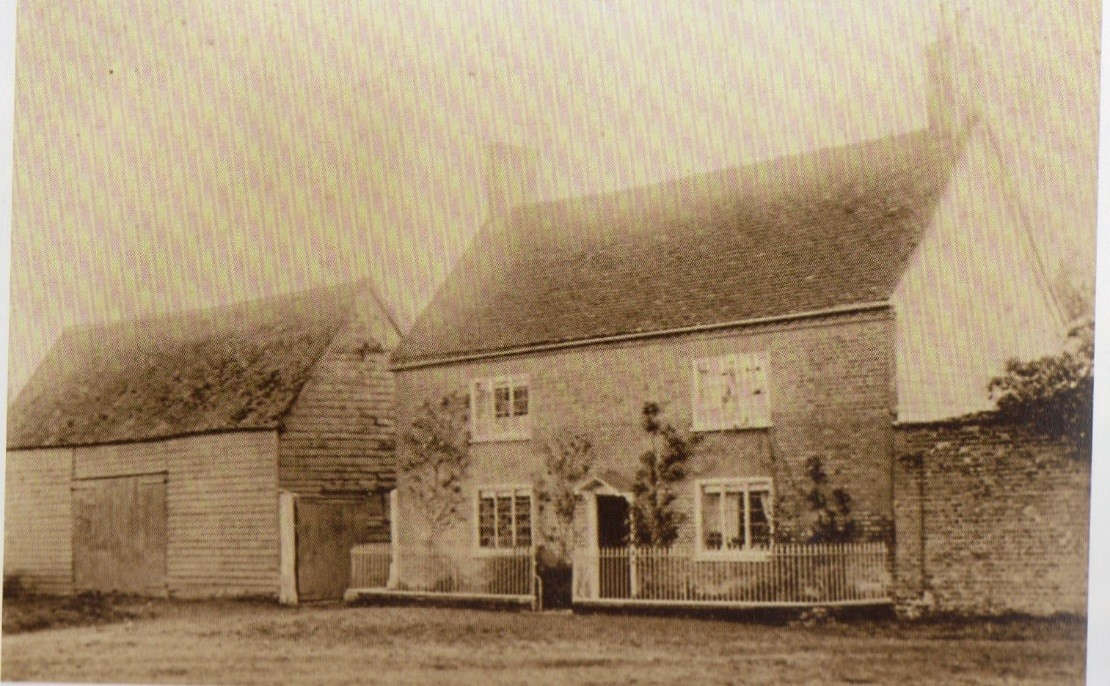
- What does this house have outside in December?
- The cows from this farm grazed on the fields around the village and a cart with milk bottles on it went around the village delivering "Webb's" milk. Do you have milk delivered?
Walk along the path with the Common on your right and cross the road at the pedestrian crossing. Stop at the Museum.
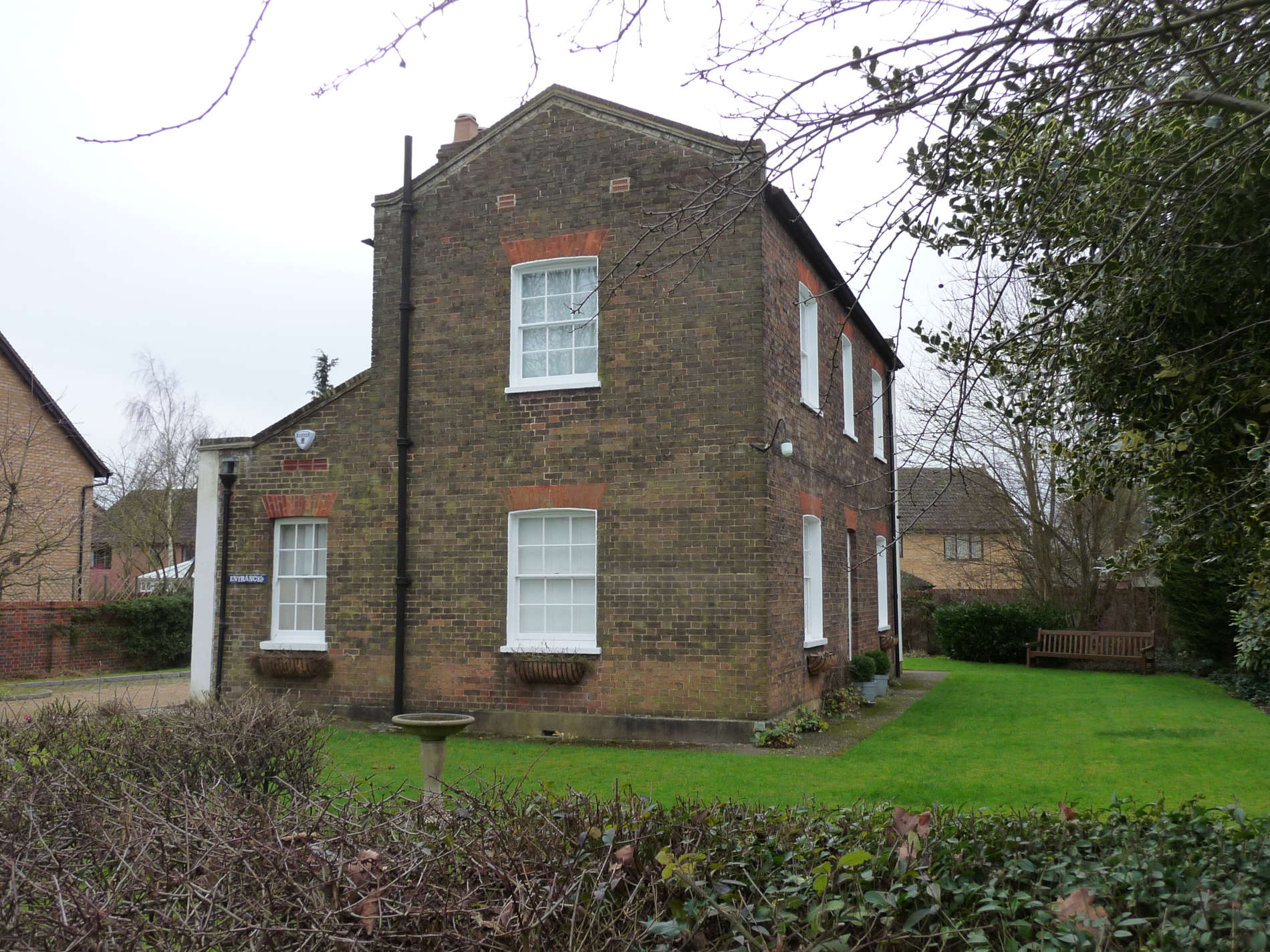
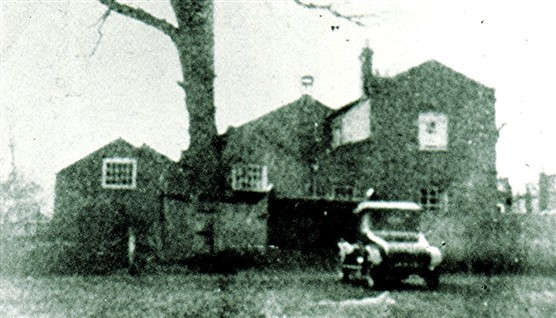
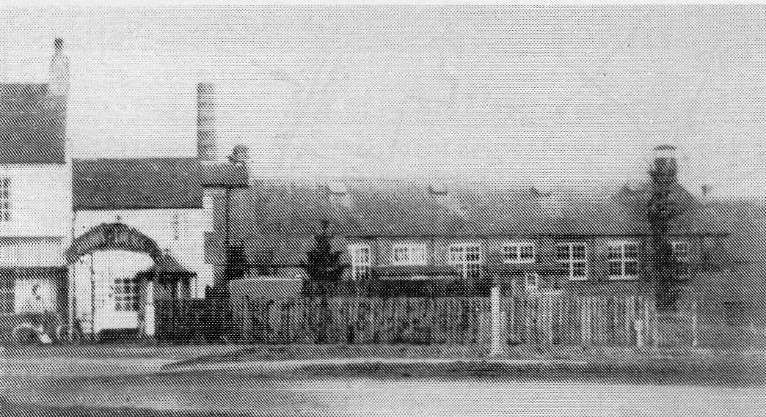
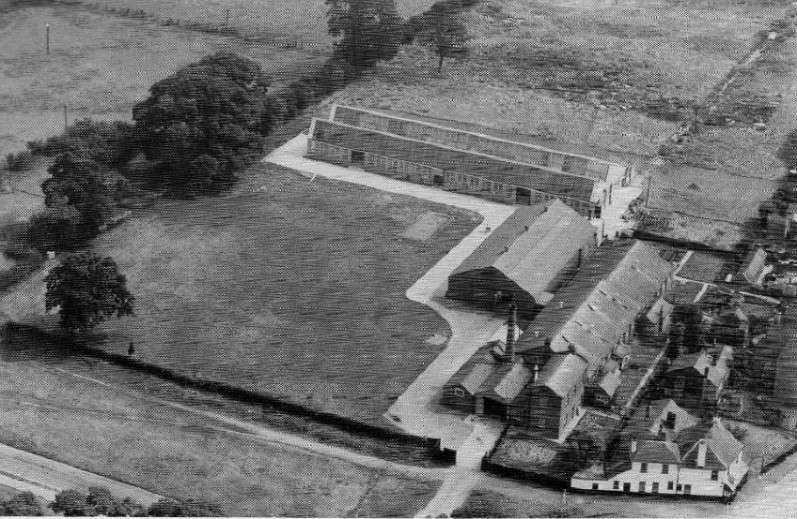
- Look at the museum now and at photo no.4. Can you work out which building in photo no.4 is now the museum?
- Look at photo no.3. Can you work out what the white building on the left is? It is bottom right in photo no.4.
The museum is all that is left of a steam powered silk mill built over 150 years ago. A bell was rung to bring village workers to the factory each day. Workers were women and children over 8, working a 10 hour day. In the Second World War, Brooke Bond, a tea company, took over the factory and build new buildings that can be seen at the top of photo no.4. The factory closed im 1996 and was all knocked down apart from the manager's house which became the museum we know today. Houses were built on the rest of the site. Do you know anyone who lives on the Brooke Bond estate?
Next door to the Museum is the pub, The Cricketers.
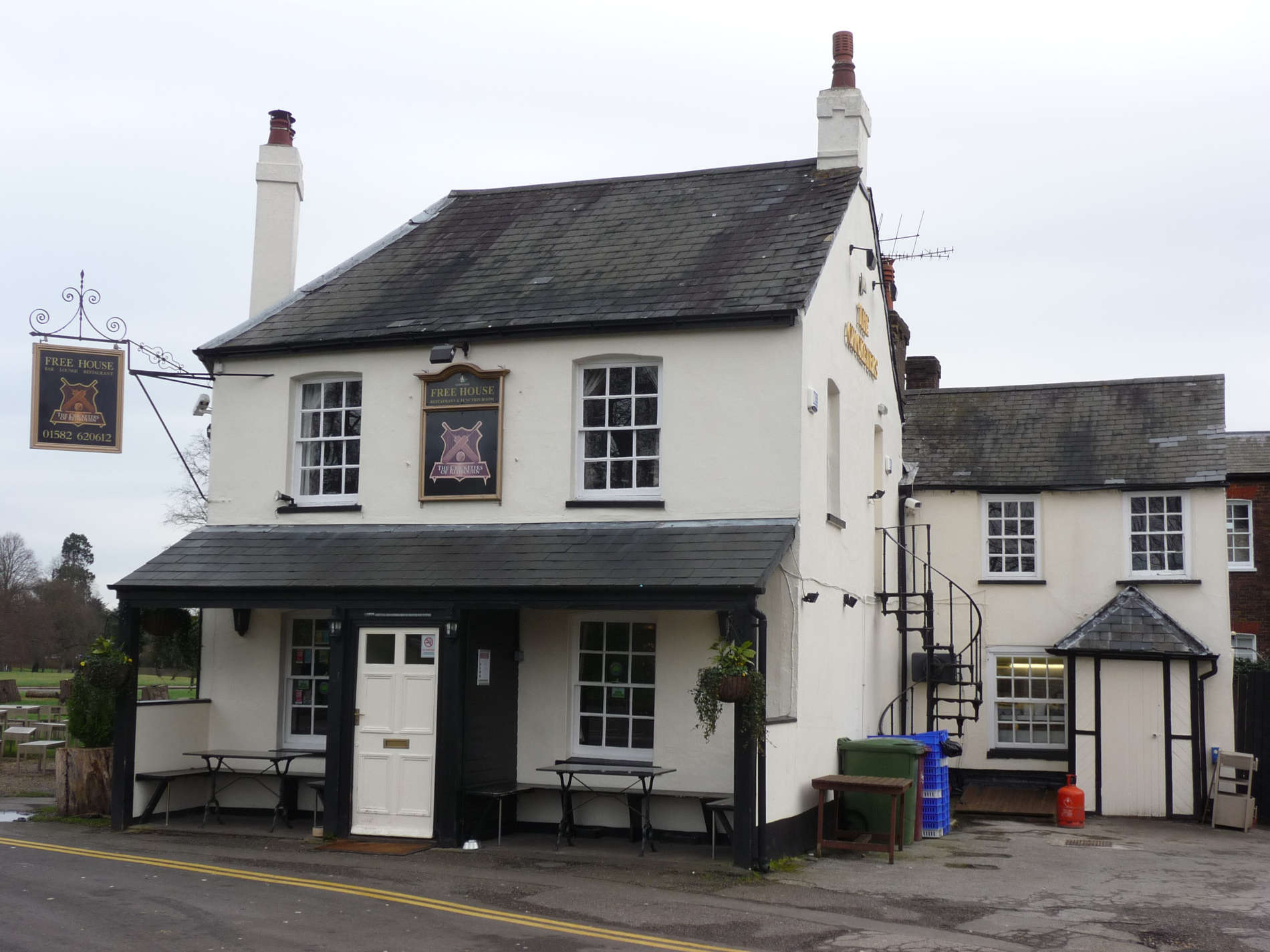
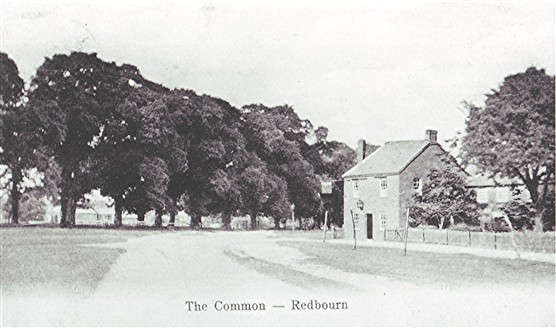
Have a look at the pub sign. Why do you think it is called "The Cricketers". It was once called the "Three Horseshoes" because the common was once a racecourse!
Continue your walk into East Common. You are now going to walk past lots of houses. Find the name of this row of houses. What is its name?
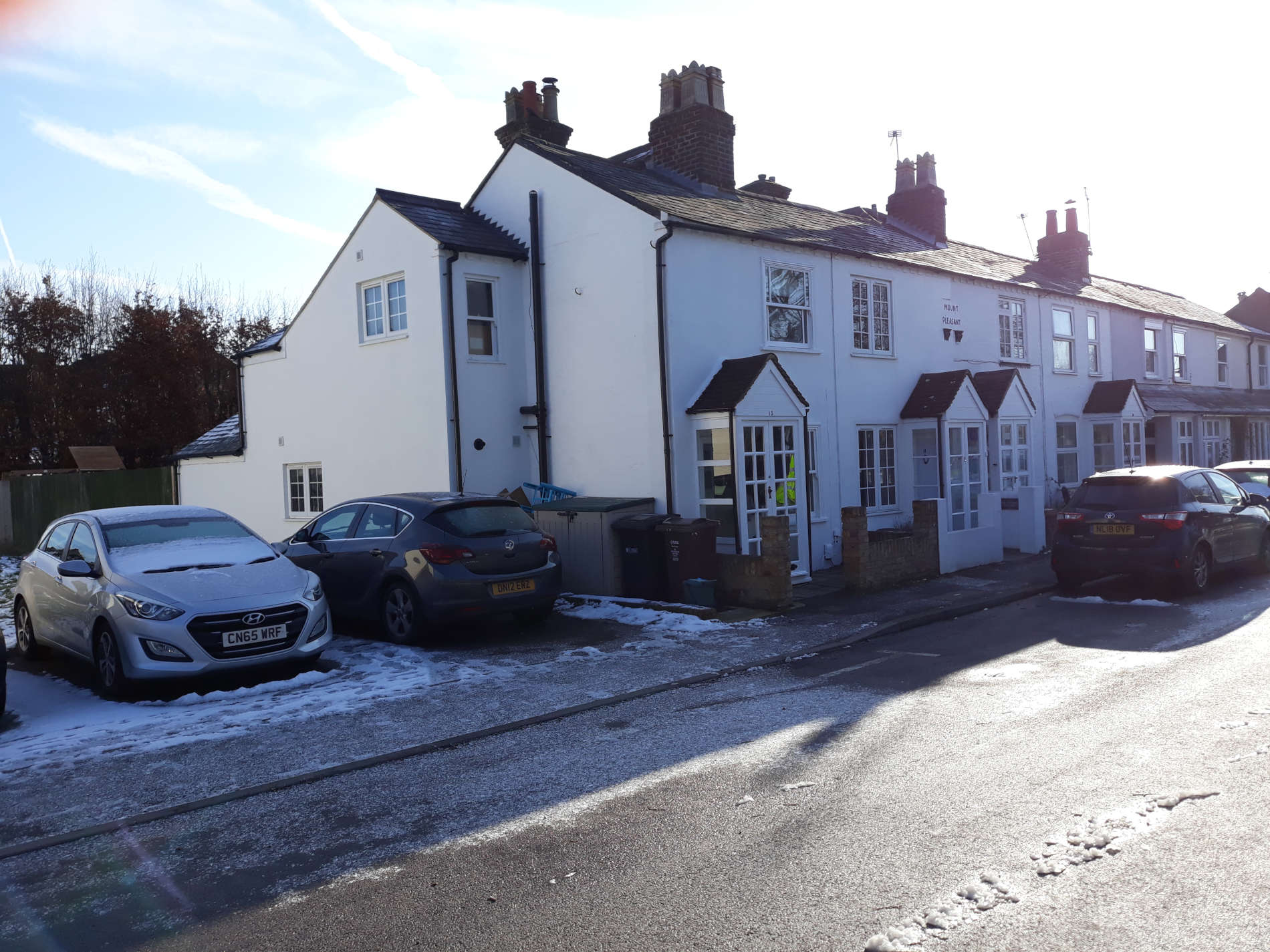
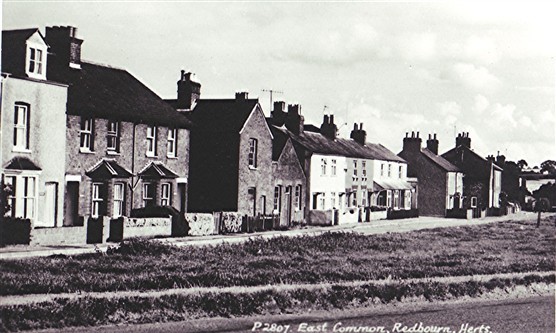
Find No.28. Around 100 years ago this was a sweet shop as it was close to to the Original School in the village. A fish and chip shop was next door.
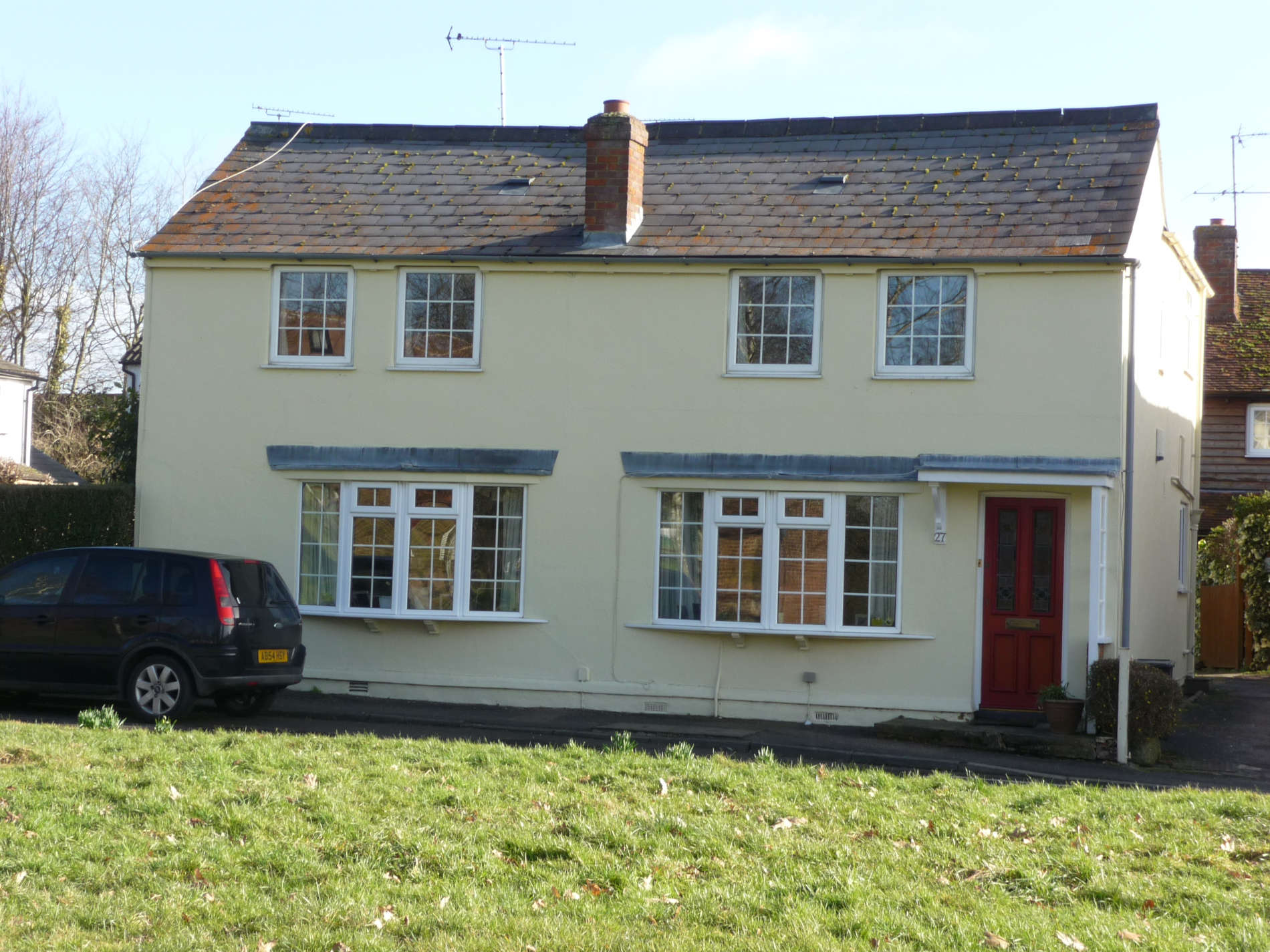
Turn around and look towards the common. You will see building that were once the Original School.
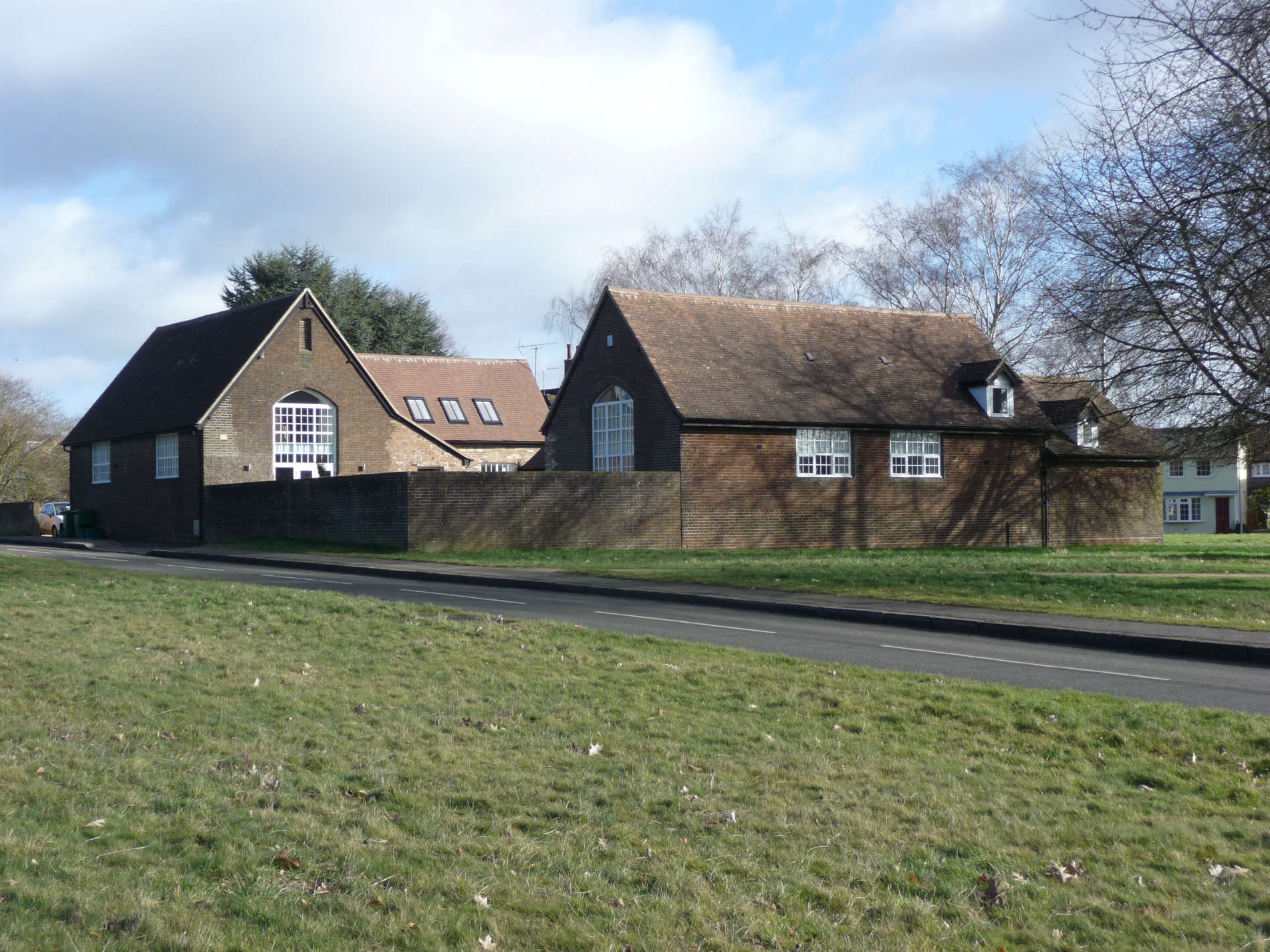
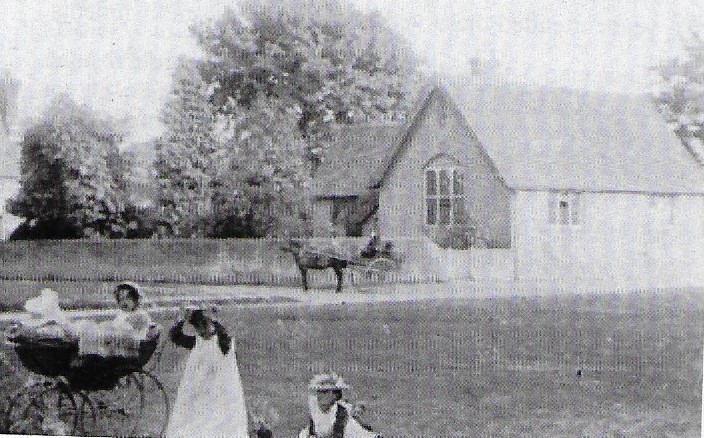
- Look carefully and you will see 2 large buidings. One was for boys and the other was for girls. The school was opened 170 years ago.
- Where do you think the playground was?
- The buildings provided space for around 430 children and 3 teachers. How many pupils are in your class? How many classes are there in your school? How many teachers are there?
Continue walking down East Common. The house are bit higgly-piggly and were known as "Dirt Houses" - bits of land that poor people had claimed and built wooden sheds on them to live in before they had the money to build a house.
Keep on walking until you reach Sheepwash.
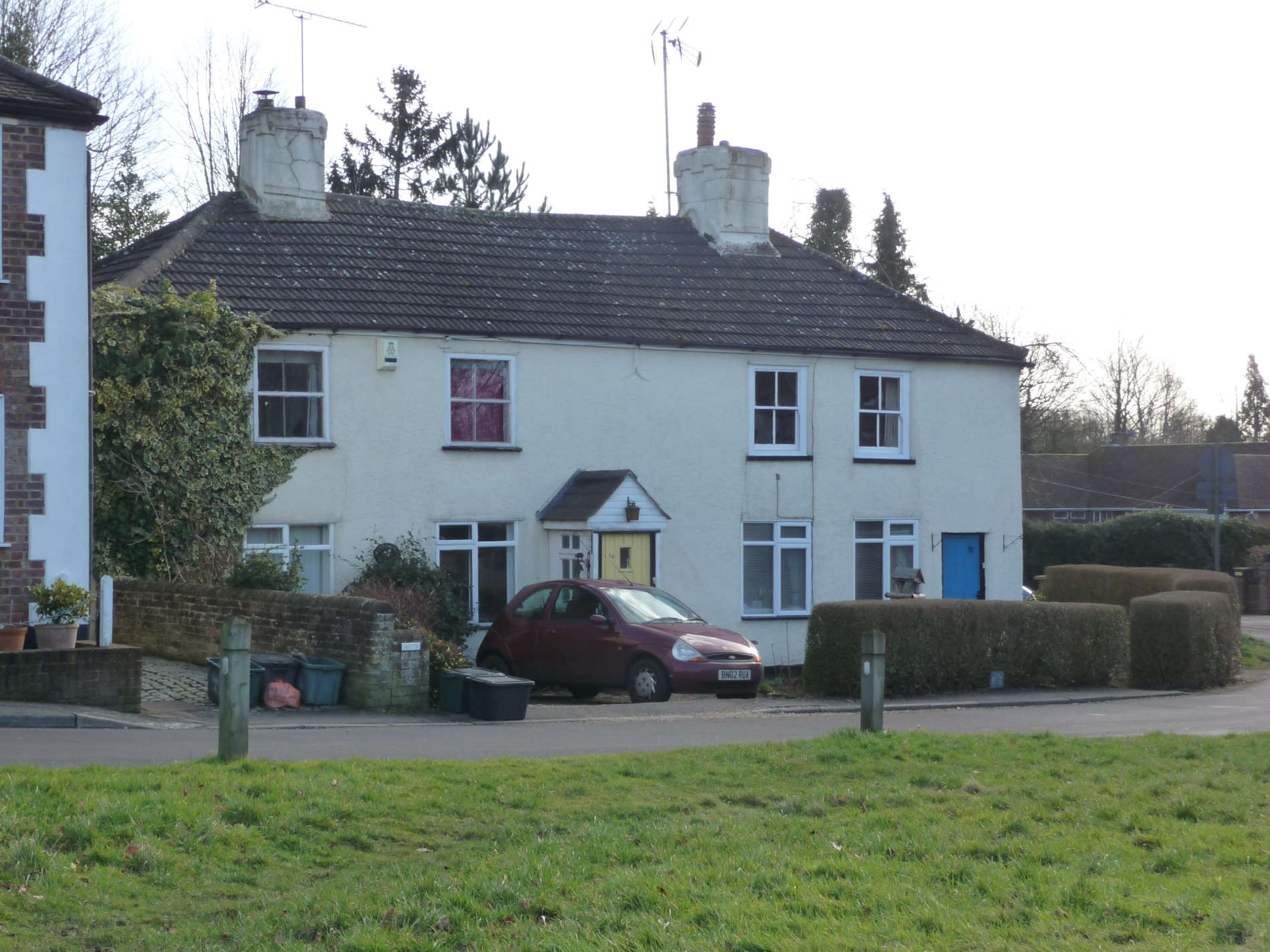
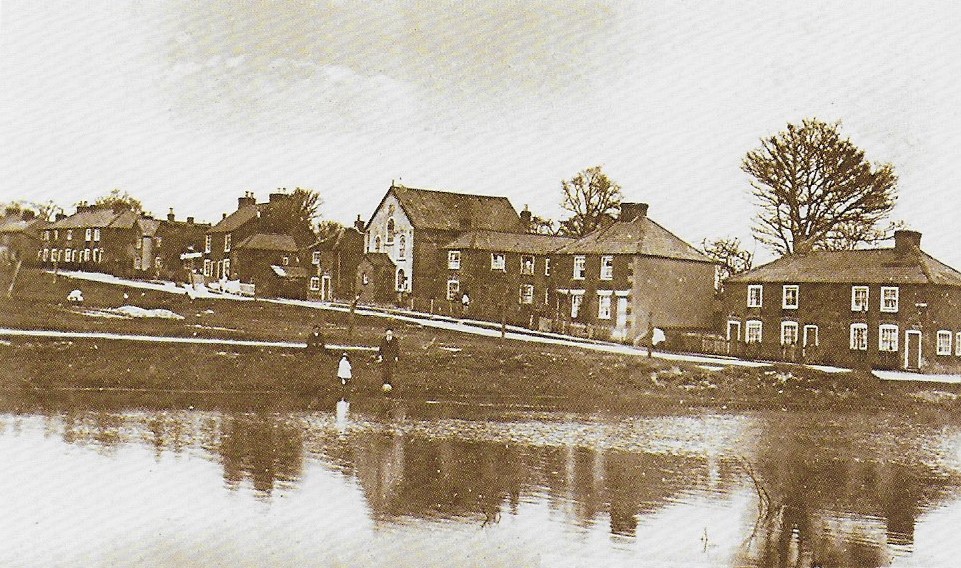
- Can you work out how there were once 4 homes in this building?
- How do you think the houses got their name?
Walk on down the hill and cross Chequer Lane where you will see the River Red / The Moor
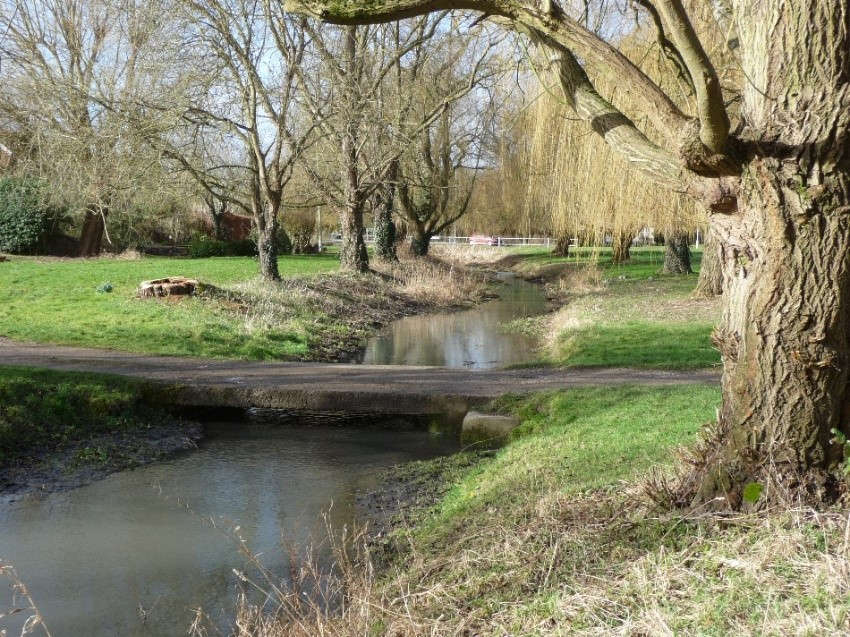
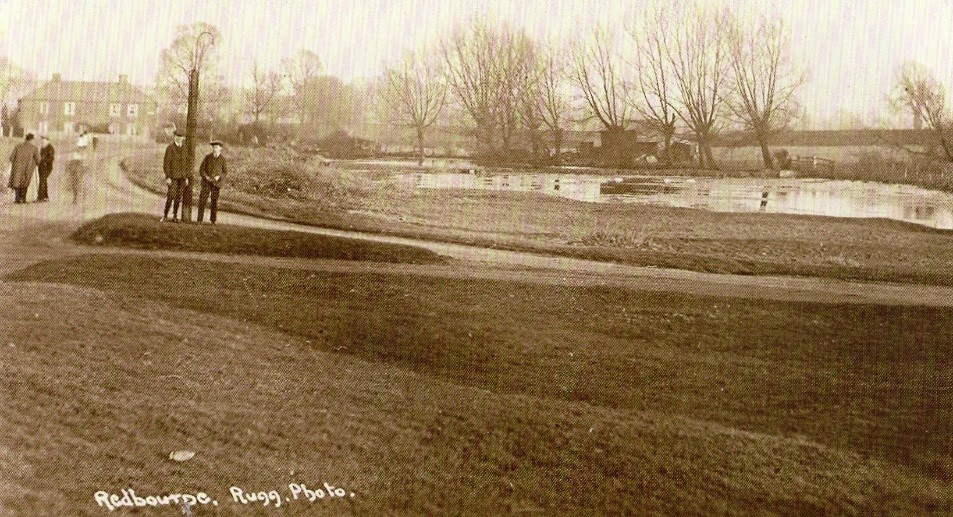
- This is the River Red. What are the difference between the two photos?
- In the old photo, can you see Sheepwash in the distance?
- Children used to paddle and fish here. Can you see any fish in the water?
Walk along Chequer Lane towards the common. Cross the main road and look at the house on the left.
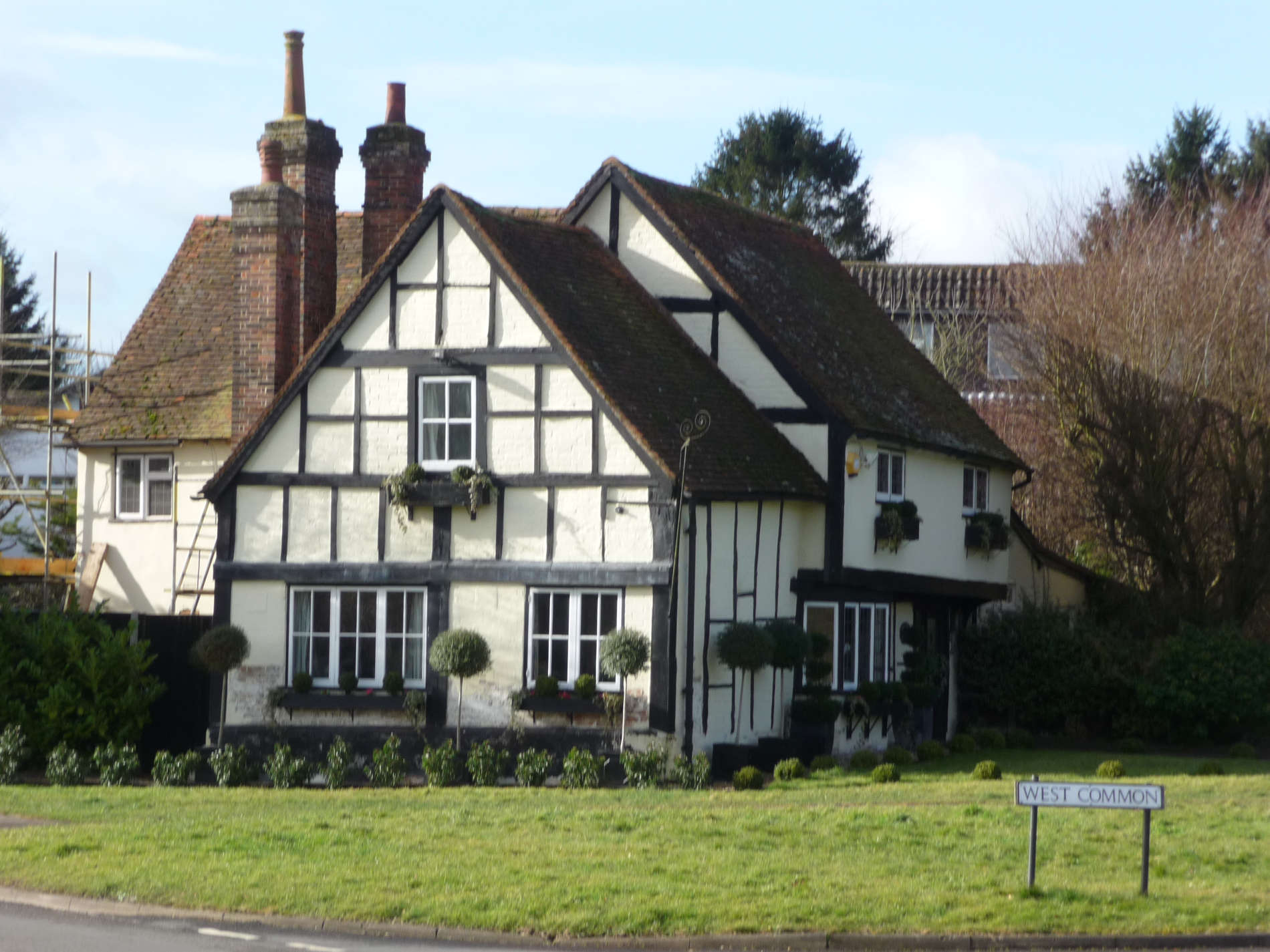
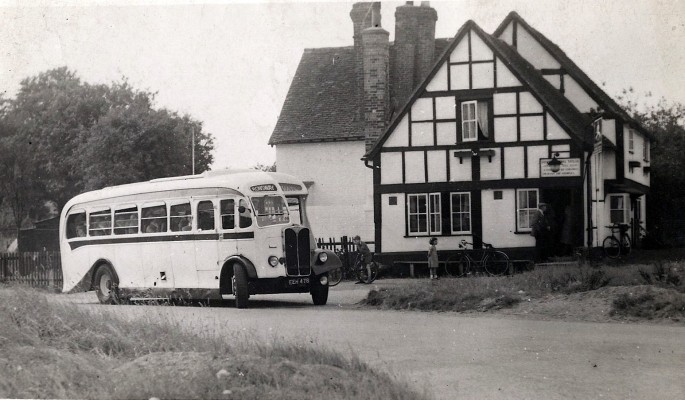
- Can you find the name of this house?
- With a name like this, can you guess what this house was at one time?
- How can we tell that the house is very old?
There was a straw plaiting school for girls in this house 150 years ago. Plaits of straw were sown together to make hats.
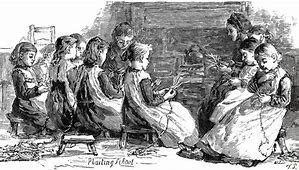
Walk past The Jolly Gardener (on your left) along West Common. To your left, lots of old cottages were demolished and replaced by new houses and bungalows. Three old cottages still remain, although they have been restored and extended. Can you spot them?
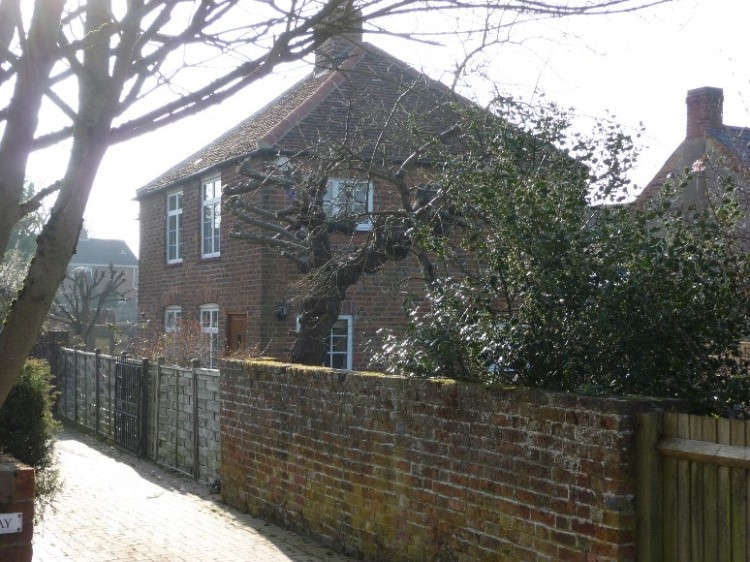
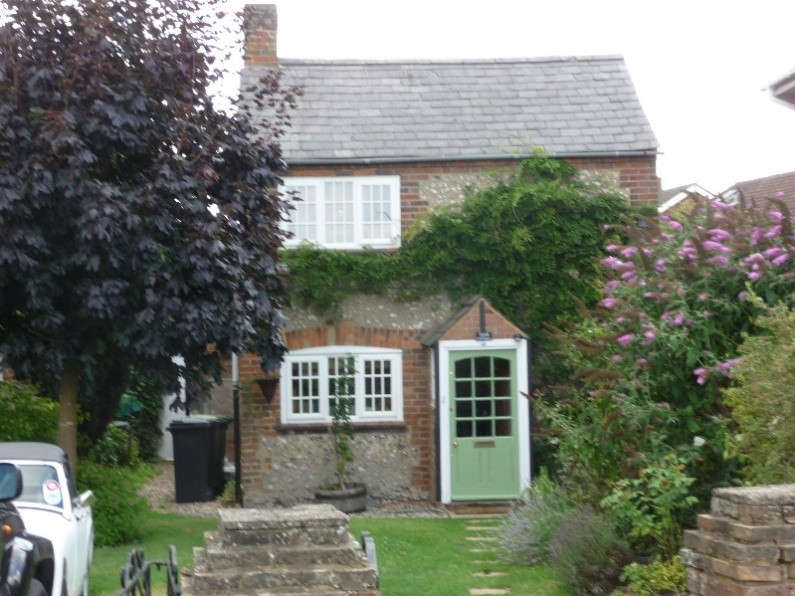
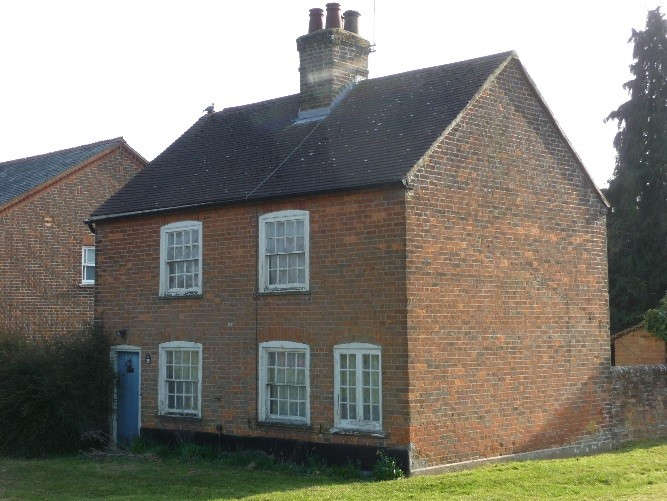
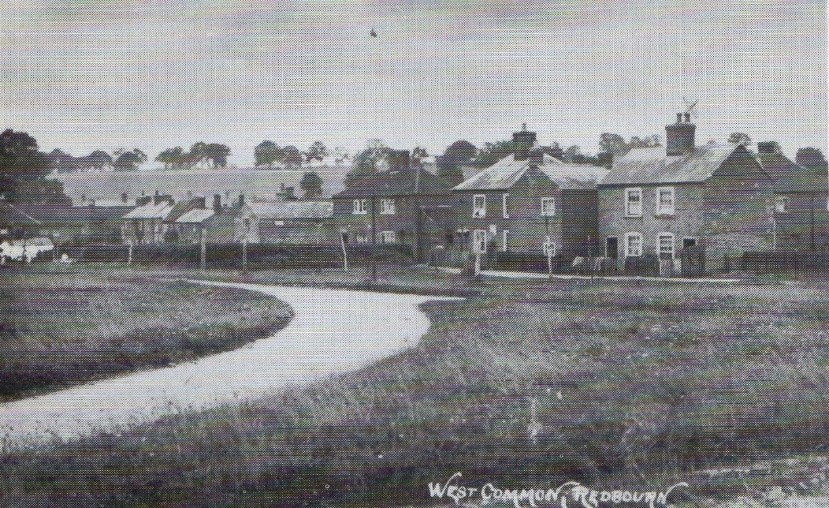
Continue your walk past these cottages and at the road junction, you will be turning right along North Common. As you reach the junction, look ahead and you will see Mansdale Cottages.
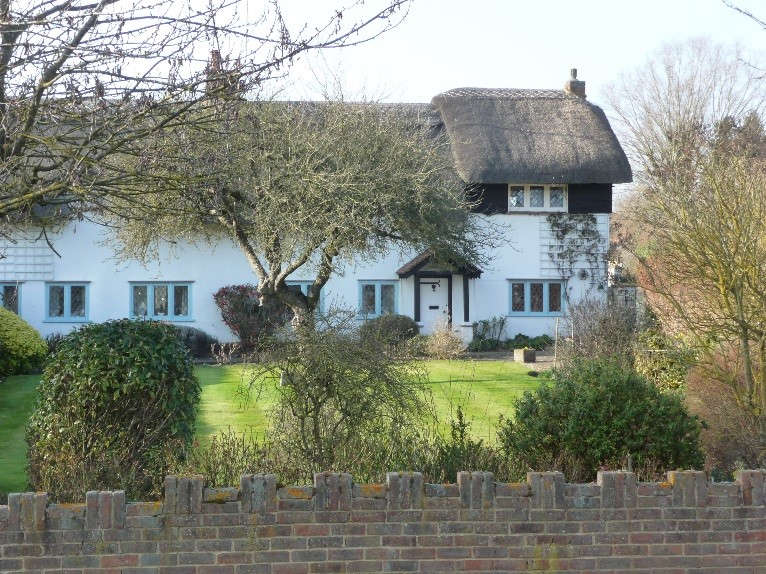
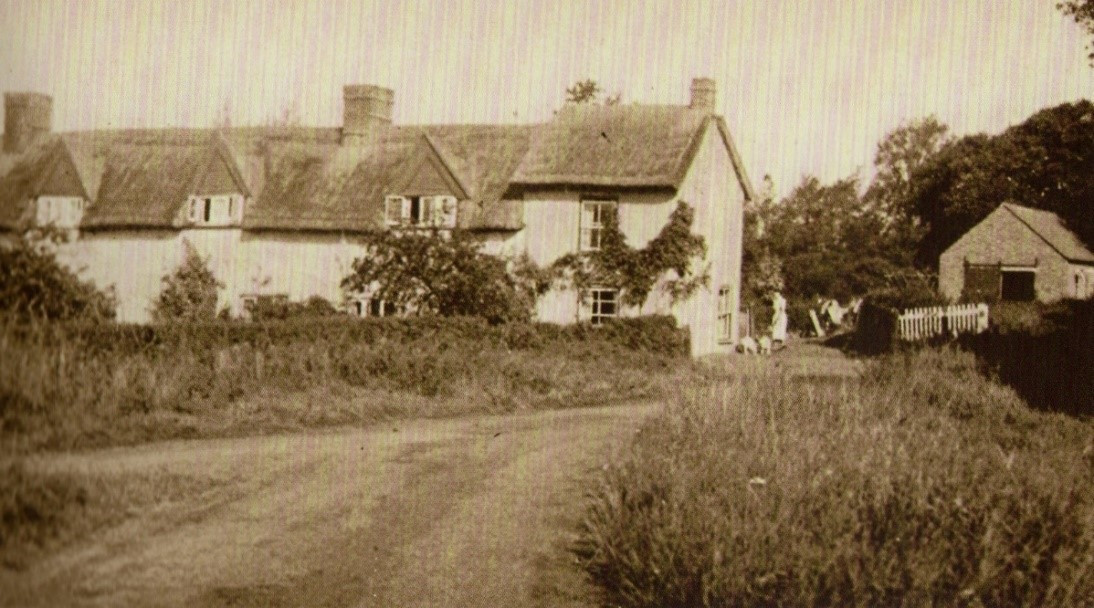
- These cottages are extremely old - about 350 years old. They used to be Mansdale Dairy Farm. What do you notice about the roof?
- In photo no.2 you can see a barn behind the house. This was in the farm yard. Is the barn there now? Can you find it?
Continue your walk along North Common with the common on your right. On your left you will pass Woollams.
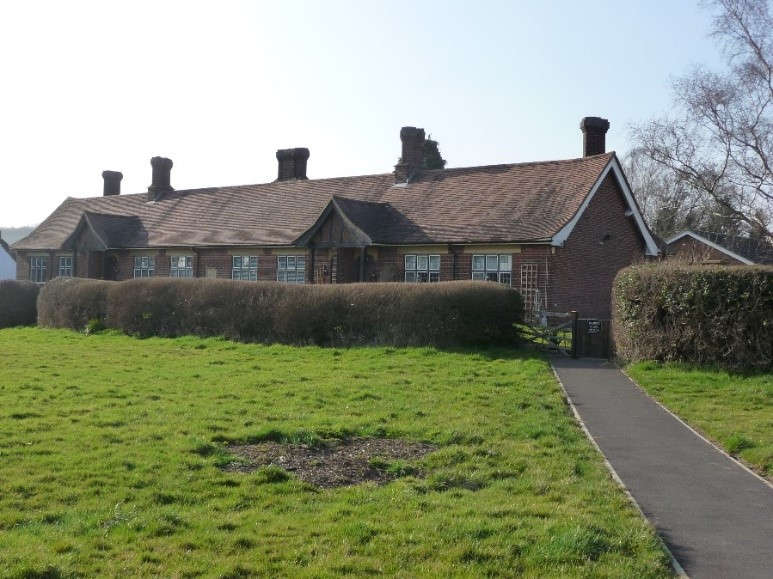
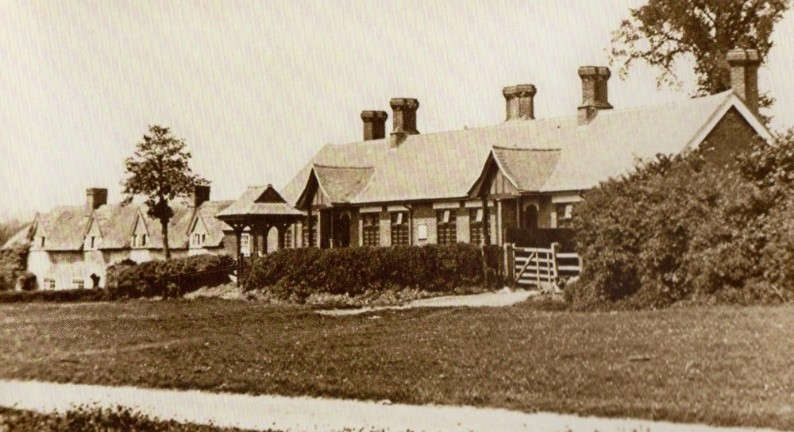
These are "Alms Houses" built in 1926. What does that mean - alms houses?
Walk on past Beesnest Cottages.
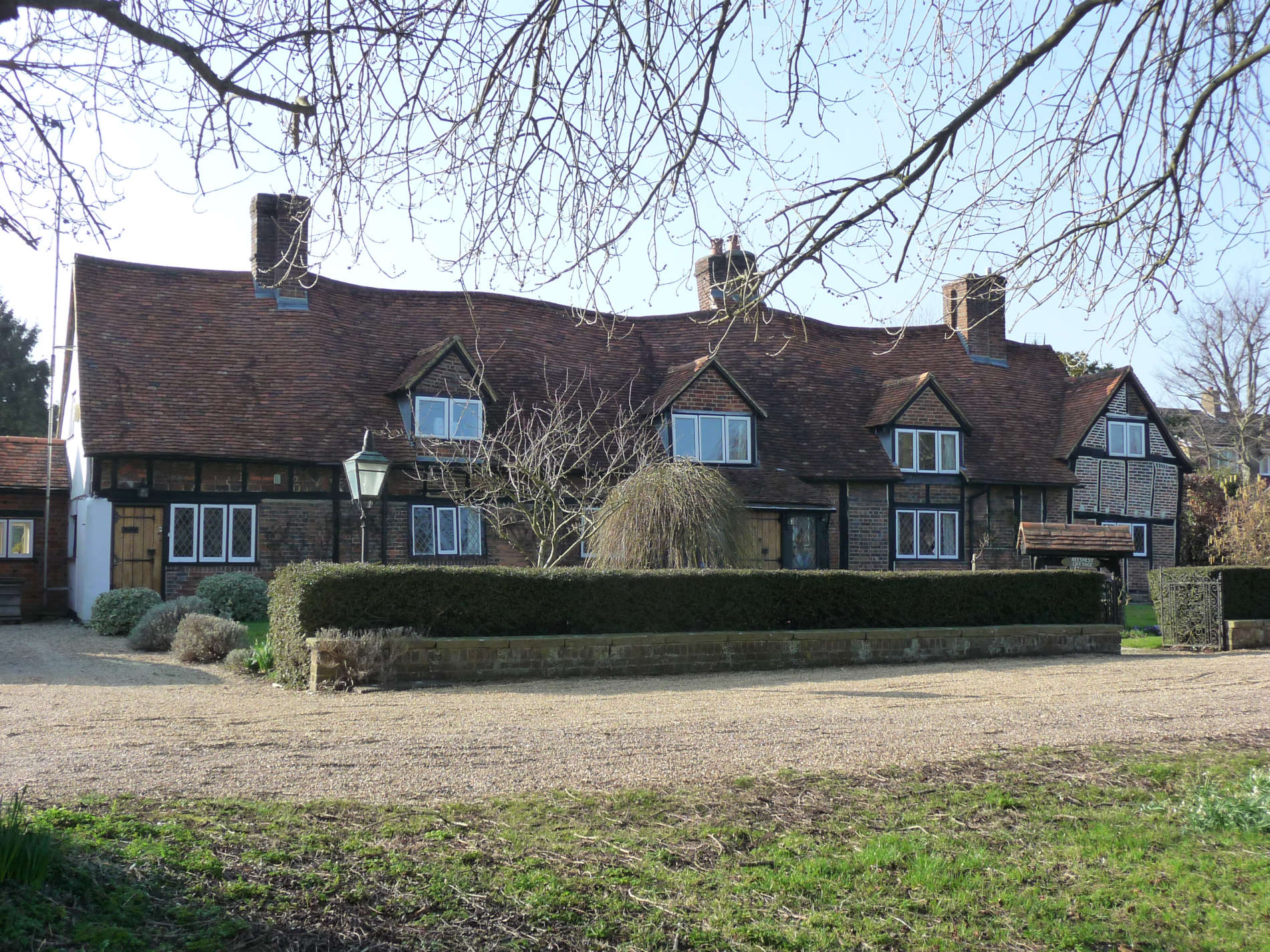
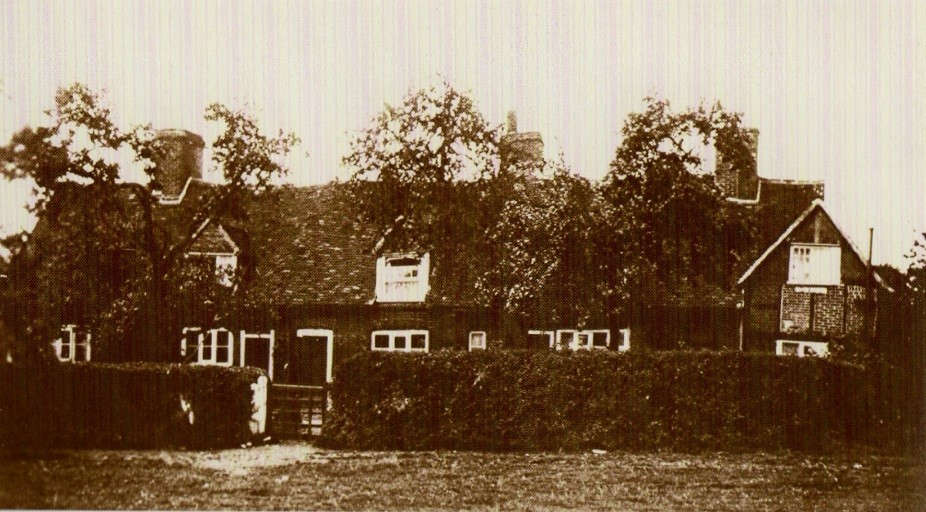
- These were built nearly 400 years ago as 5 separate homes. Count the front doors. How many homes are there now?
- How many chimneys are there?
- Look at the roof!!!
- The cottages have an interesting name. Can you suggest reasons for it?
Keep walking. As you cross Lybury Lane, look to your left and you will see Heath Lodge Cottage.
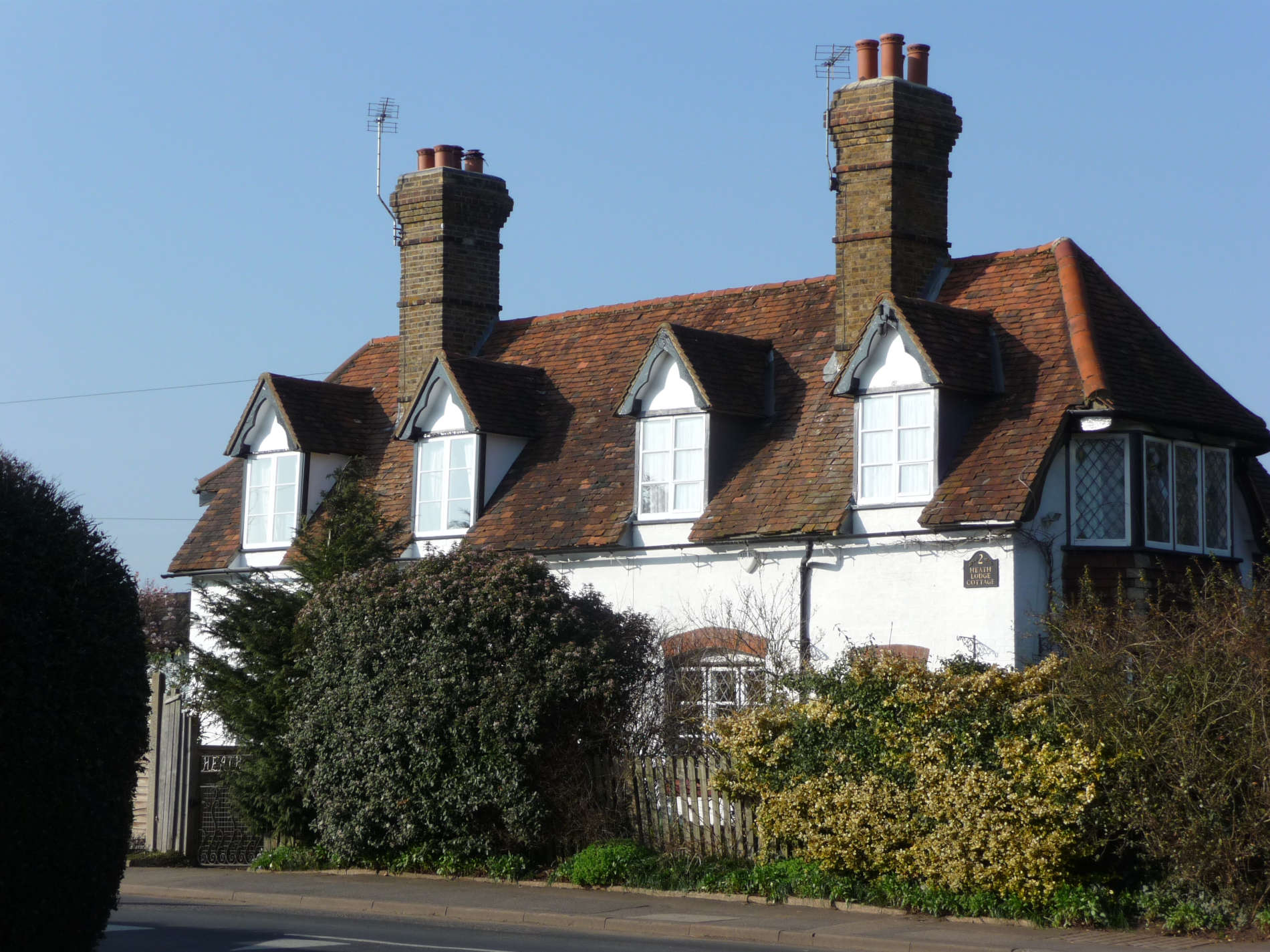
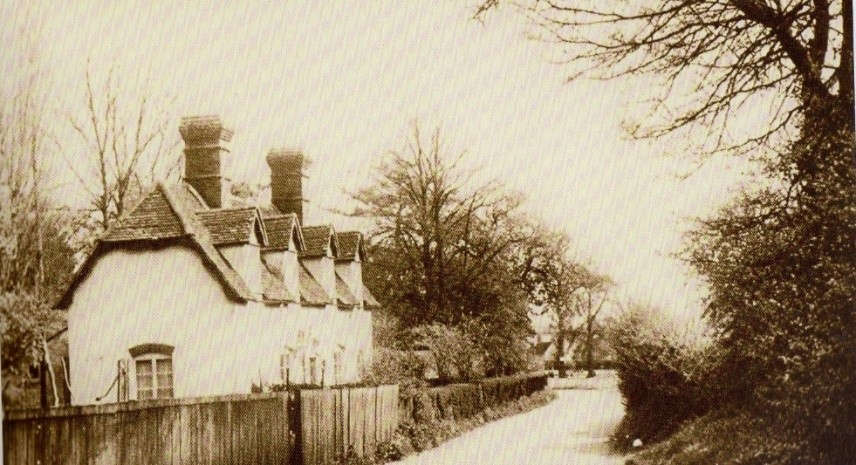
- This cottage is around 170 years old. What do you think of the chimneys?
- Can you explain why the chimneys might be like this?
Heath Farm house is ahead of you as you cross Lybury Lane.
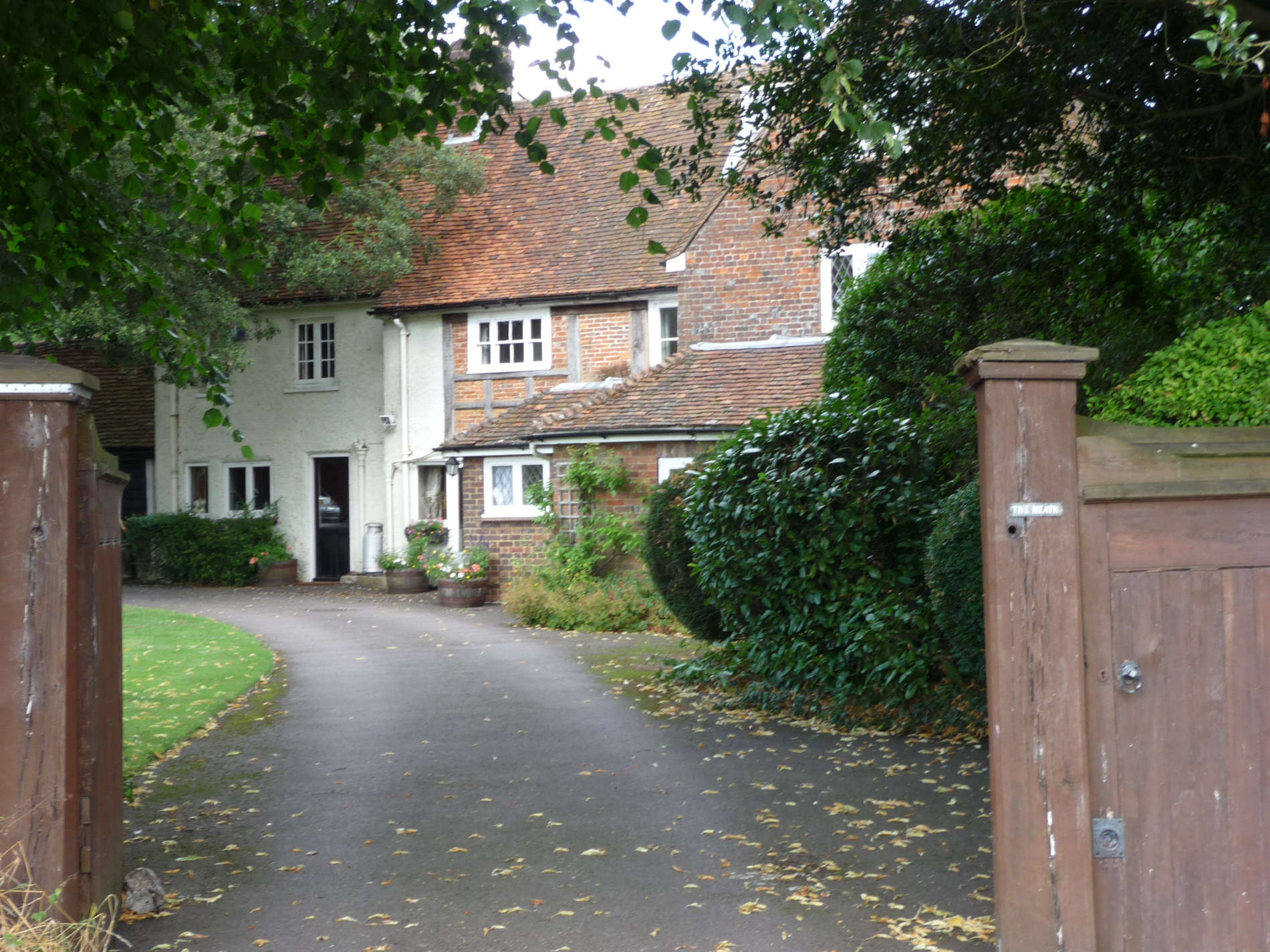
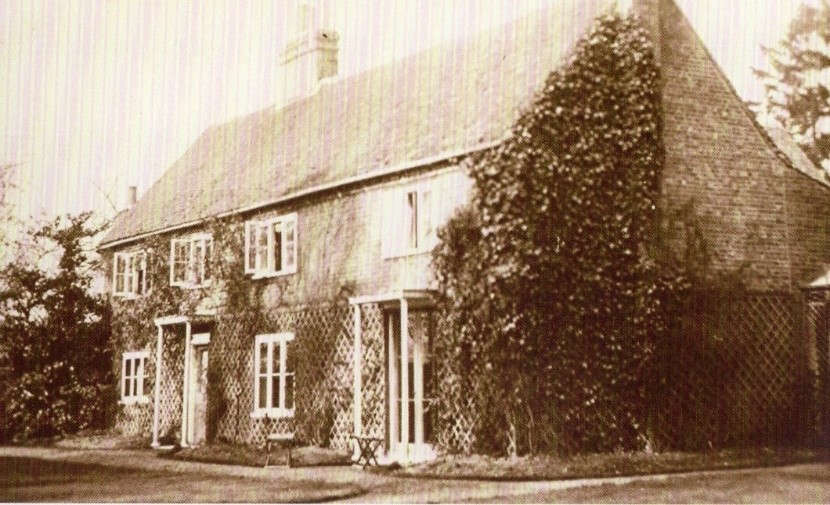
- The main house (with the wooden beams showing) is about 400 years old. Can you spot the barn that belongs to the house which was used when it was an active farm?
- There was once another house (now 3 new houses) next to Heath Farm further along North Common. The name of the house was the same as the name of the road by the new houses, What was it called?
As you continue your walk past the little cottages, imagine many more like them around the common. These were demolished as they were in poor condition. Carefully cross Lord's Meadow and you will pass the Methodist Church.
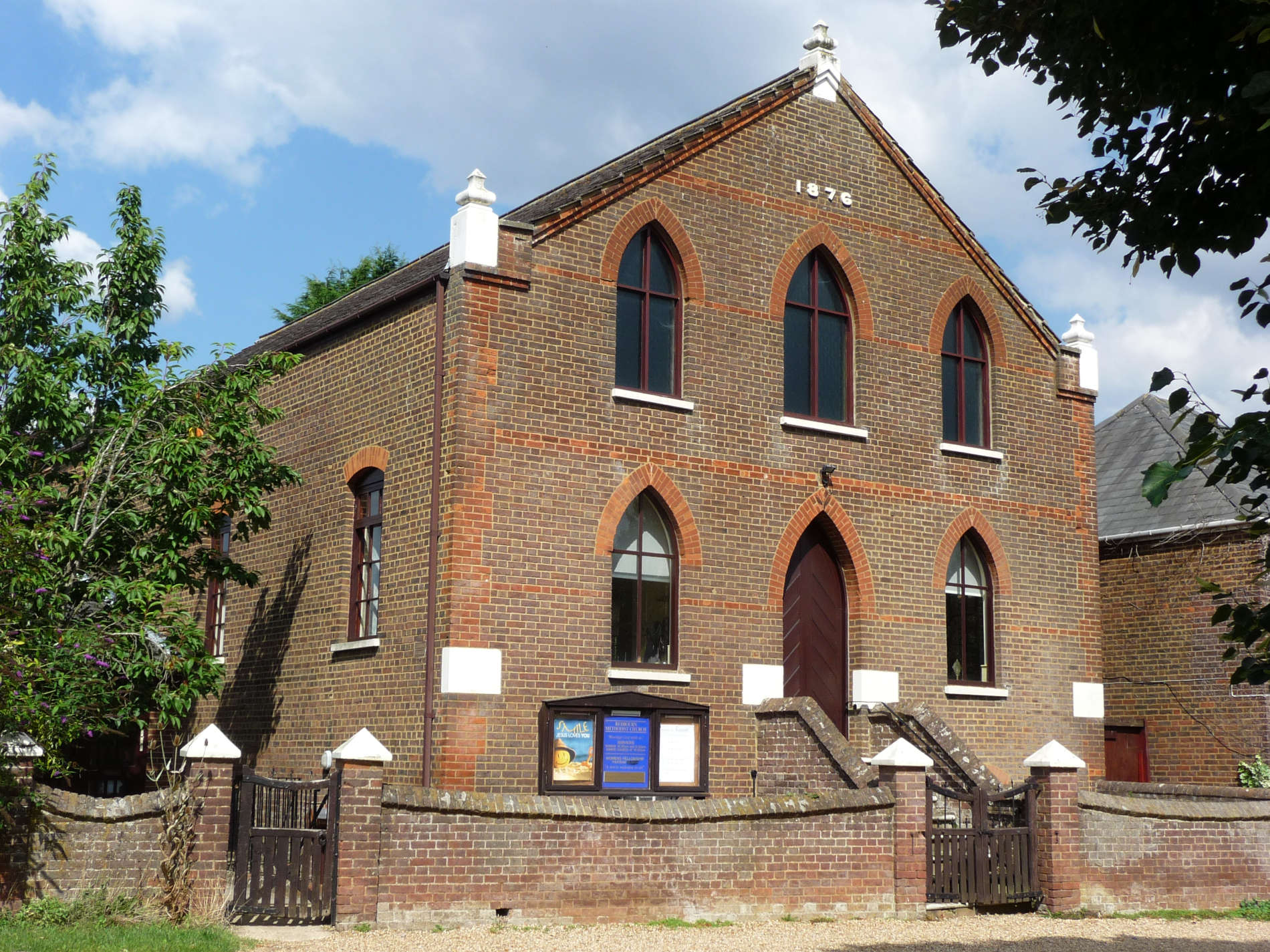
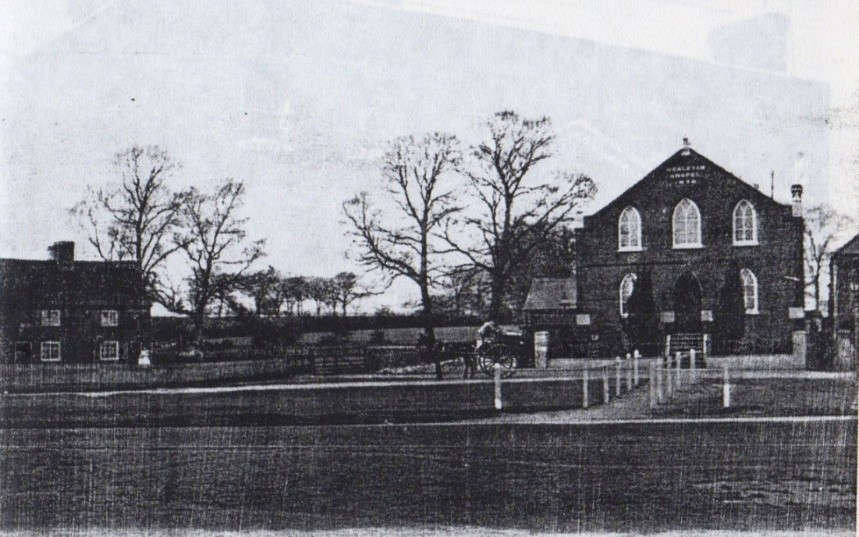
- Can you spot the date that the church was built?
- Walk a little further and see if you can find the site of the original Methodist church?
- What clues can be seen that the building was once a church?
It opened in 1836 but quickly became to small for the congregation so the bigger one was built.
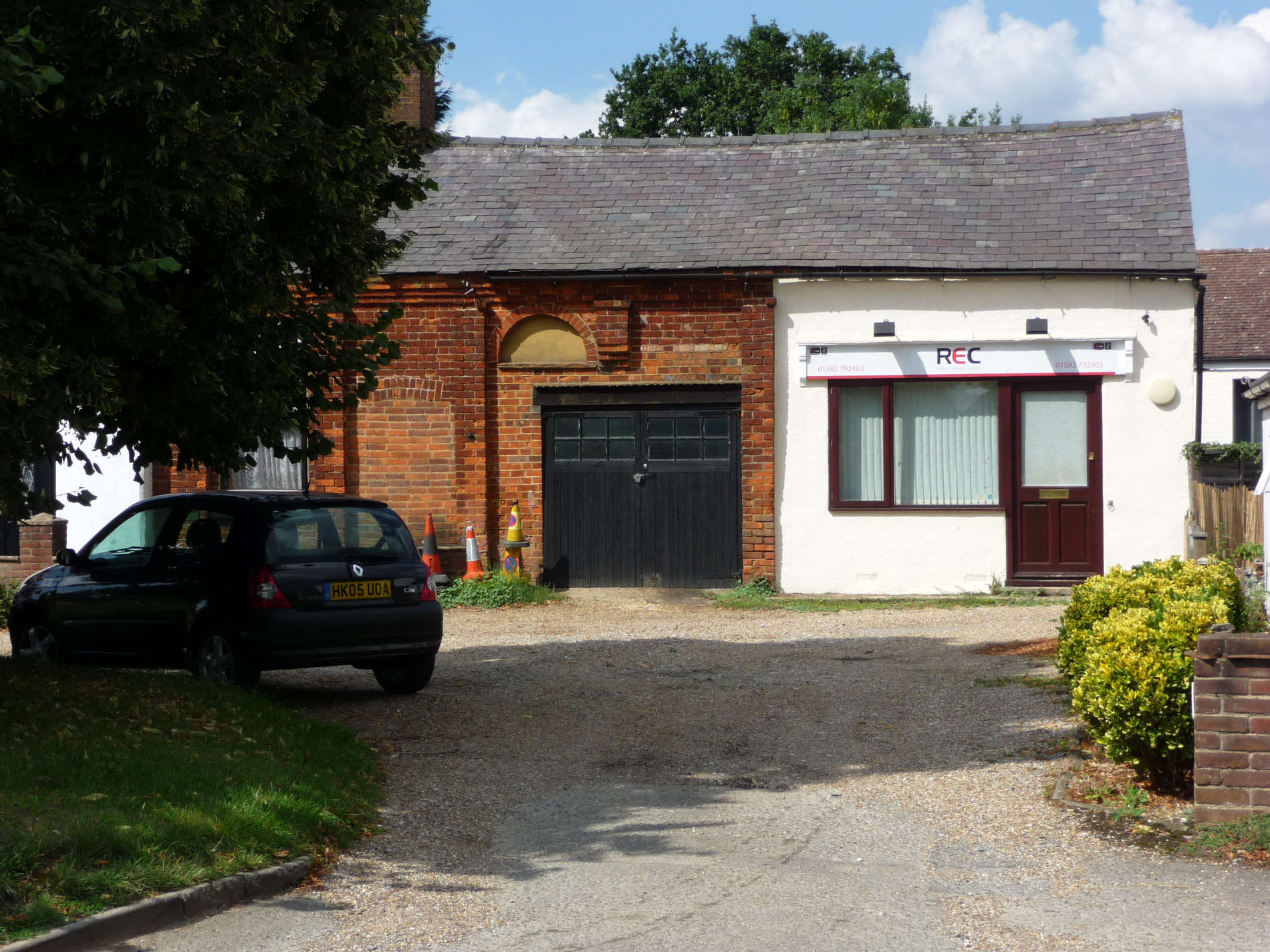
Attached to the original Methodist Church is No.24 North Common.
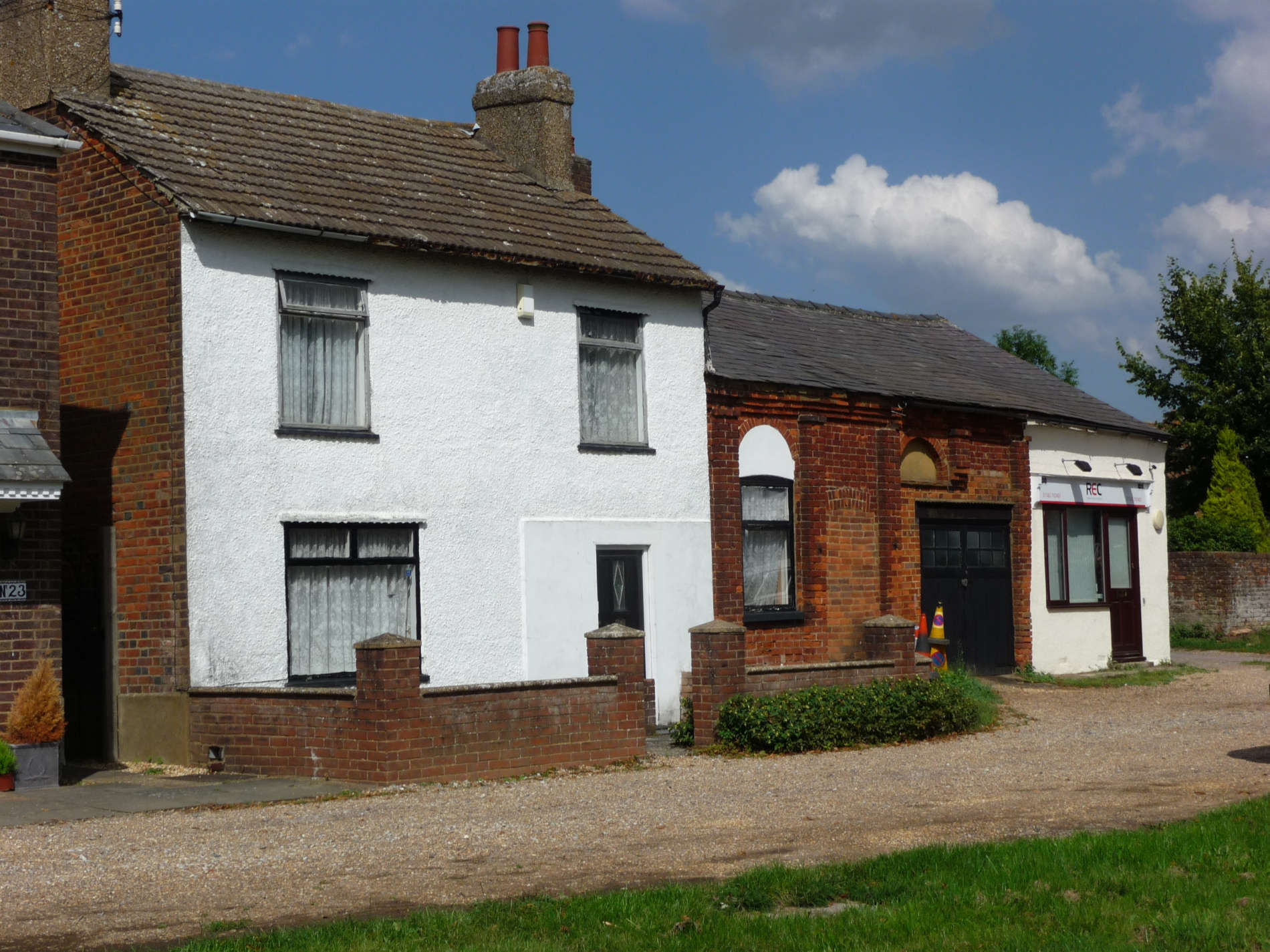
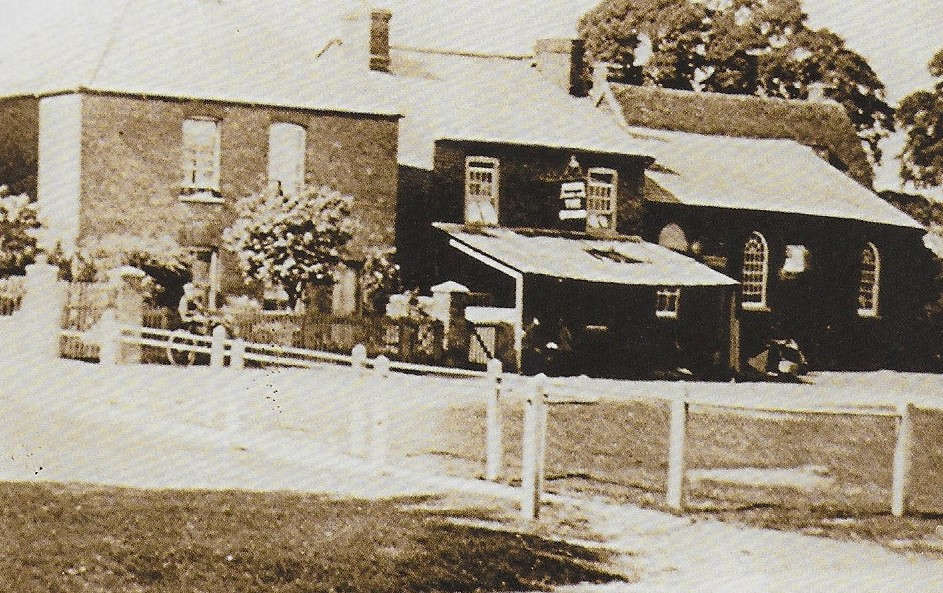
No.24 was a pub called "The Greyhound" right next to the church. In photo no.2, check if you spotted the clues for the church as the photo shows them clearly.
Continue walking and look at the cottages as you pass them. Some are old and others are new. Can you see which are which?
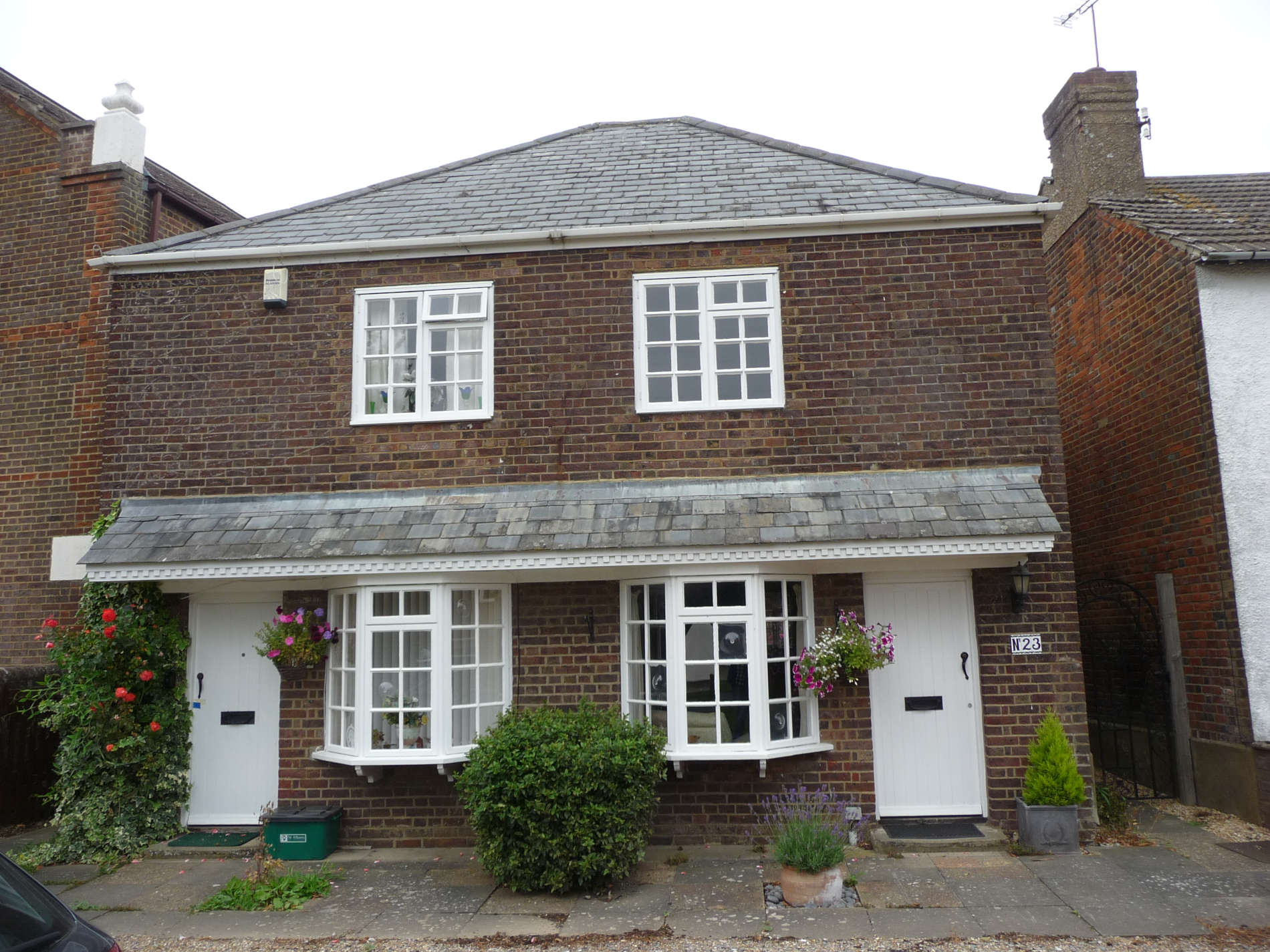
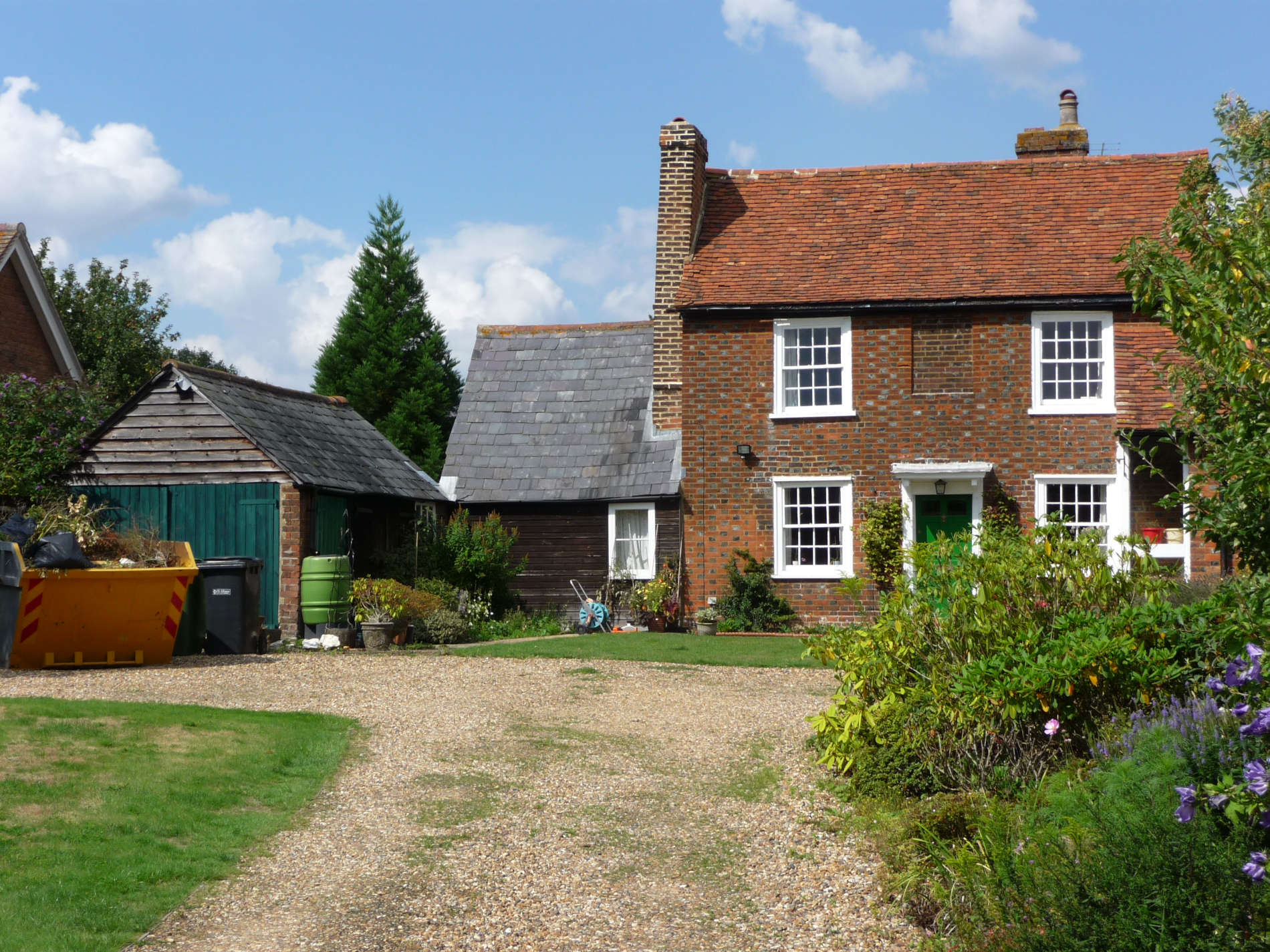
When you reach the end of North Common, you will see Cumberland House ahead of you.
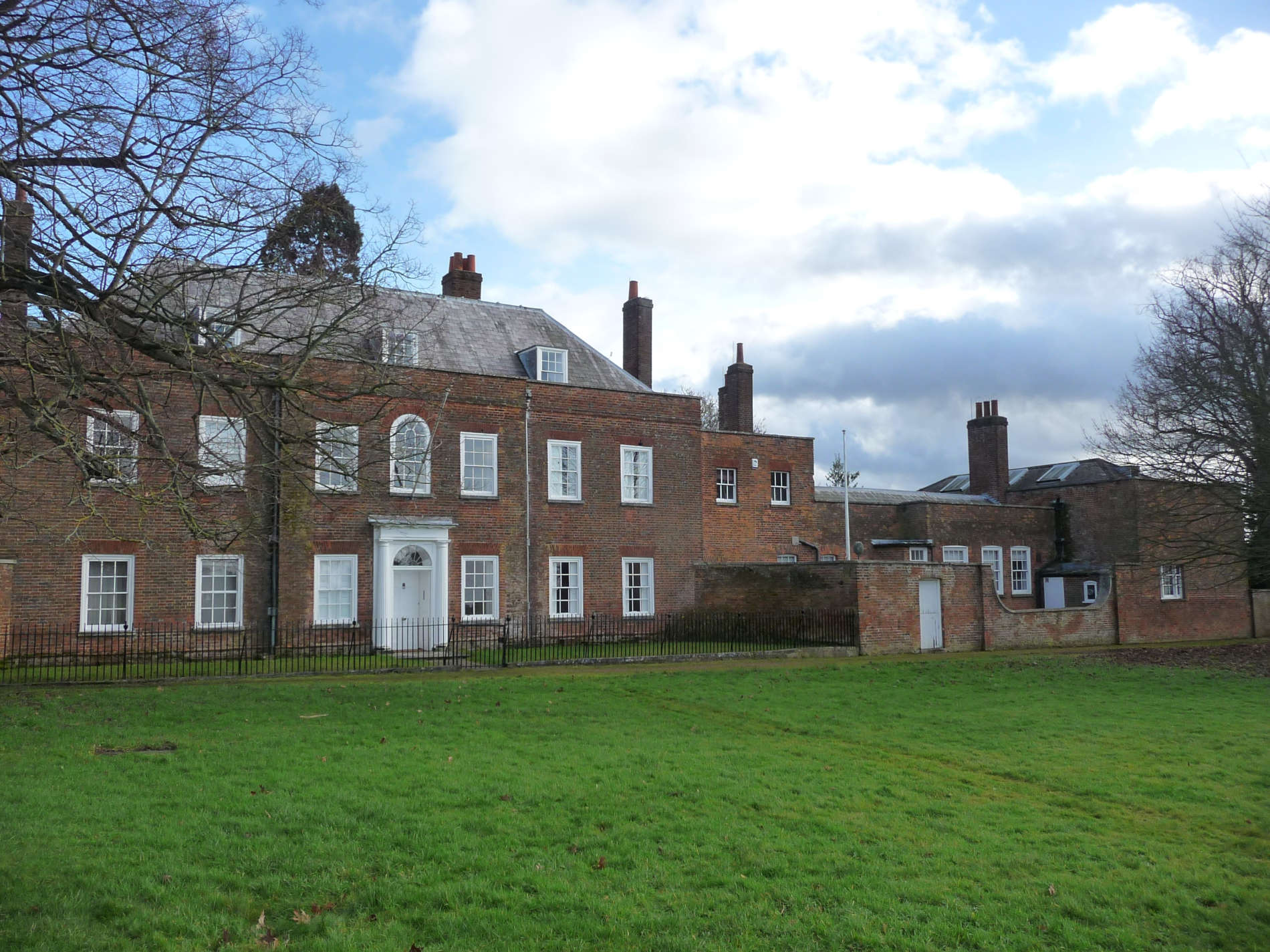
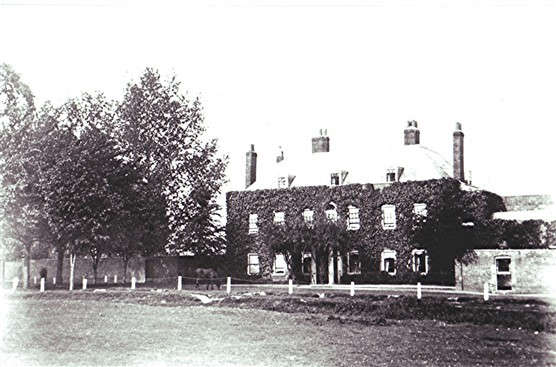
The House was built in 1745 as a hunting lodge for the Duke of Cumberland, the son of King George II.
- How many years ago was that?
- Can you see where he would have kept his dogs and horses?
- Look for the stone pineapples - do you have any idea why they are there?
- What takes place in Cumberland Gardens every December?
Well done!!! You have completed the walk. If you, or your parents want to learn more about all the buildings on this route, select the main Heritage Walk No.1.